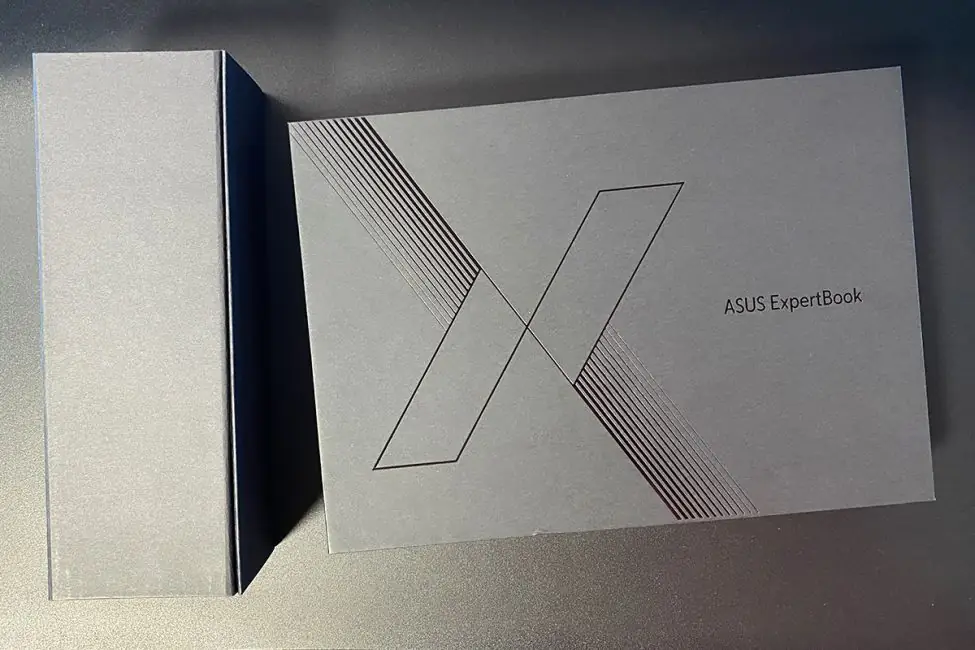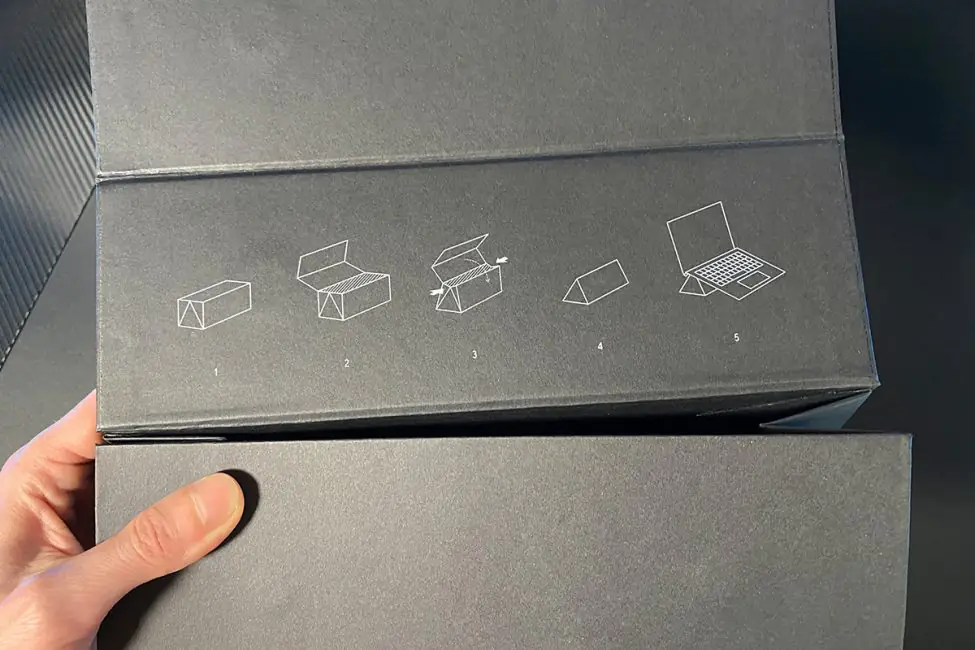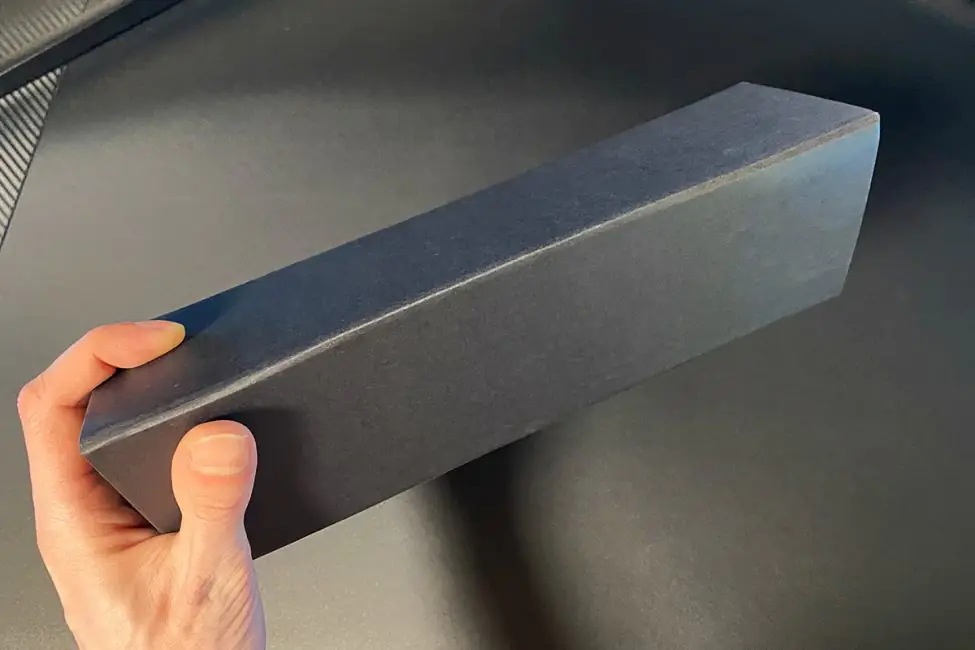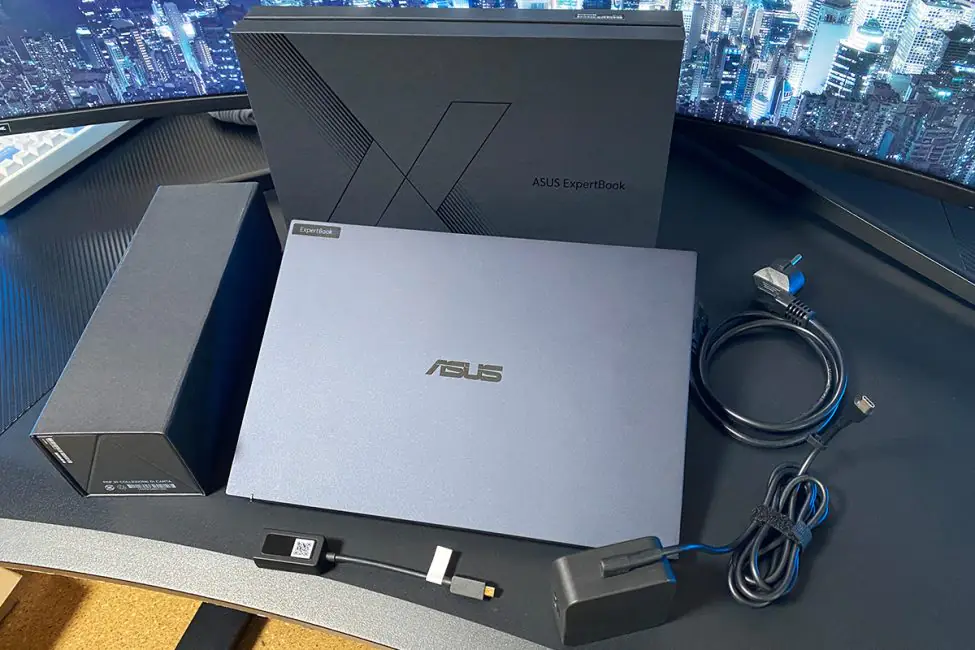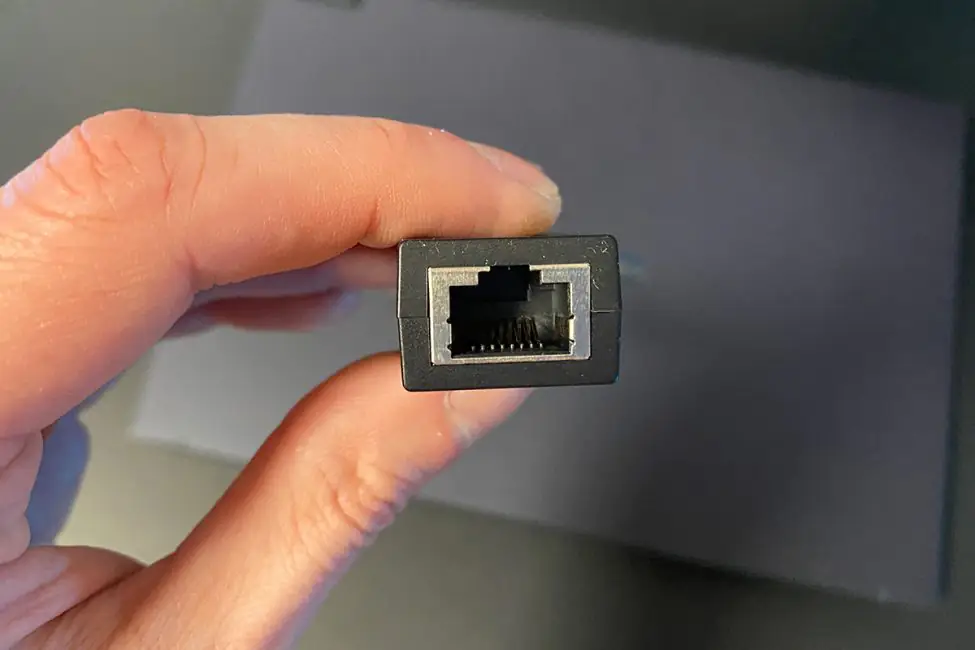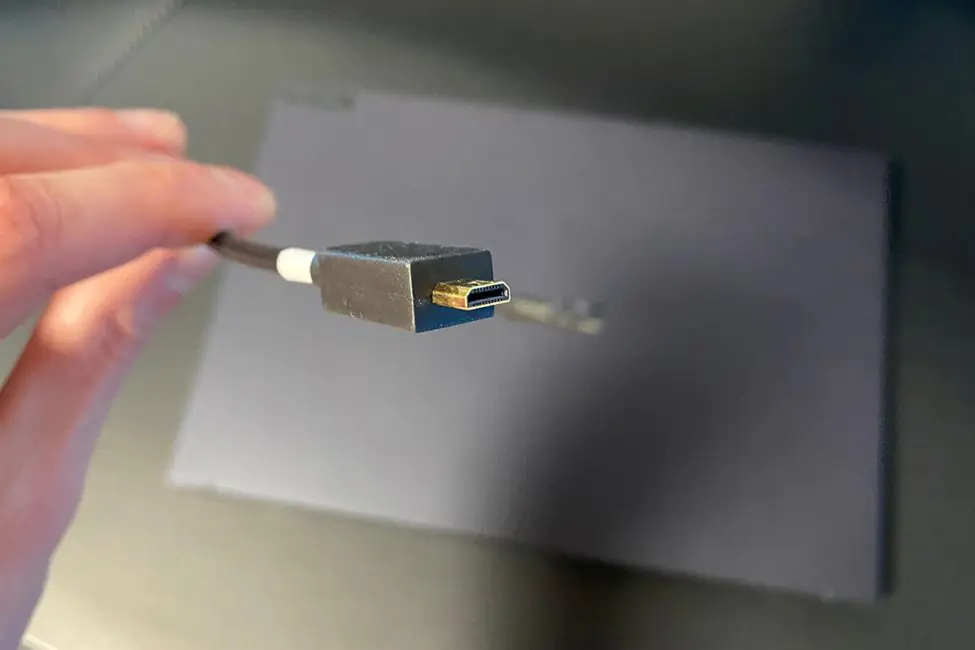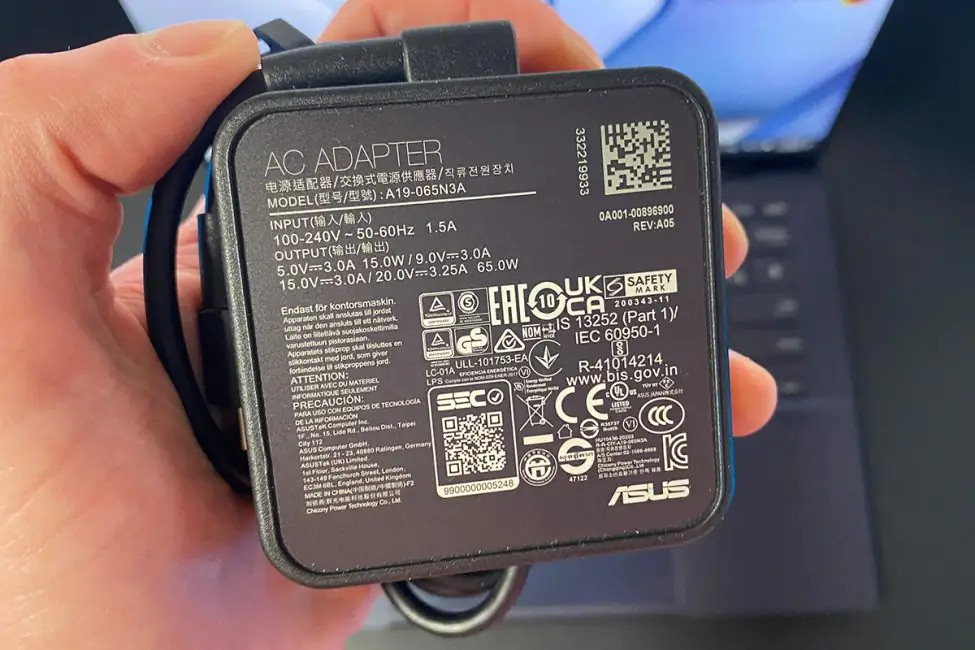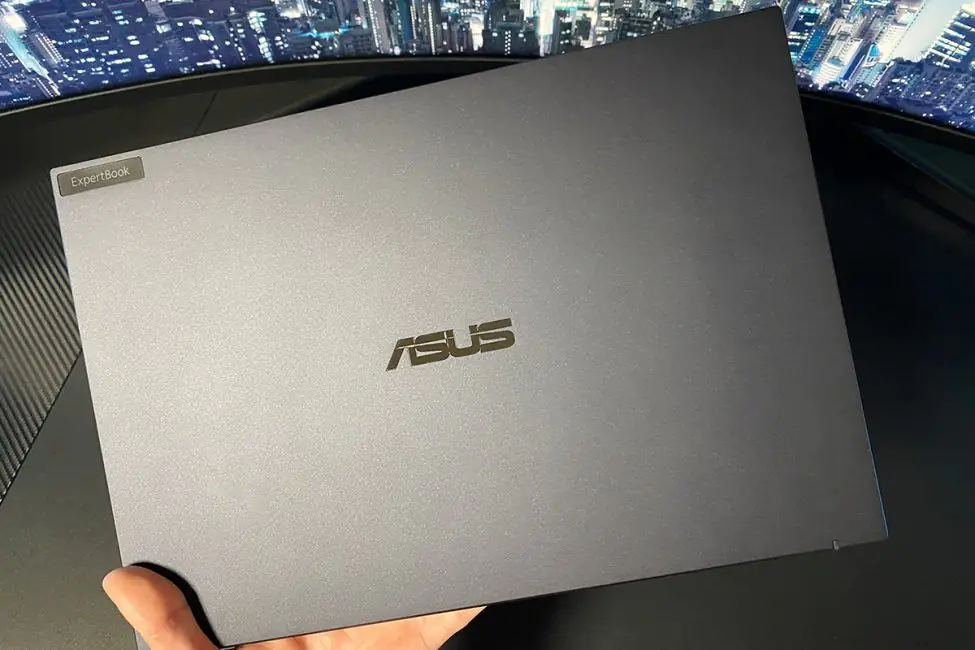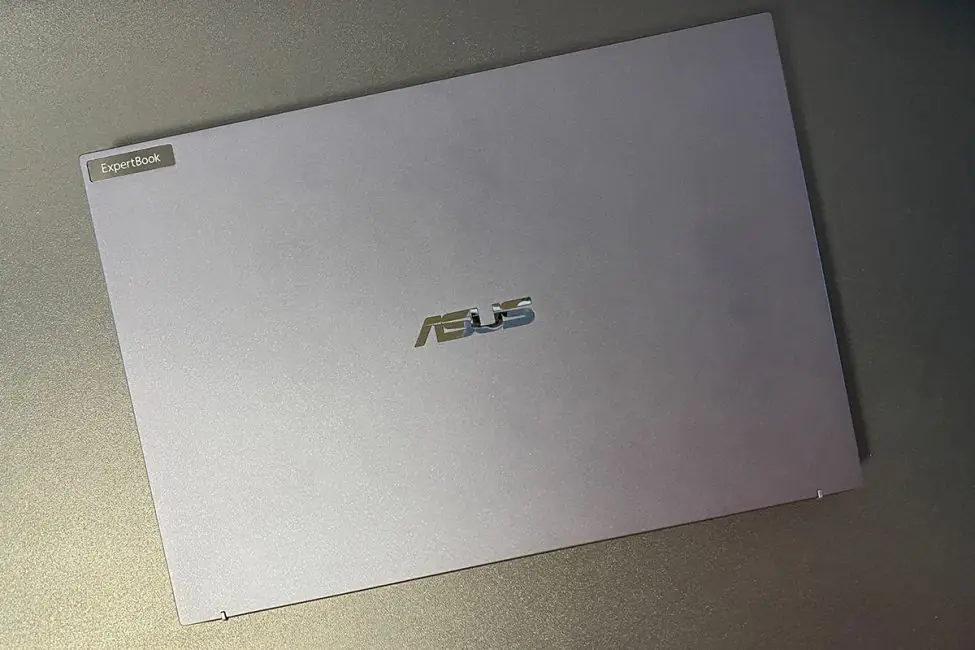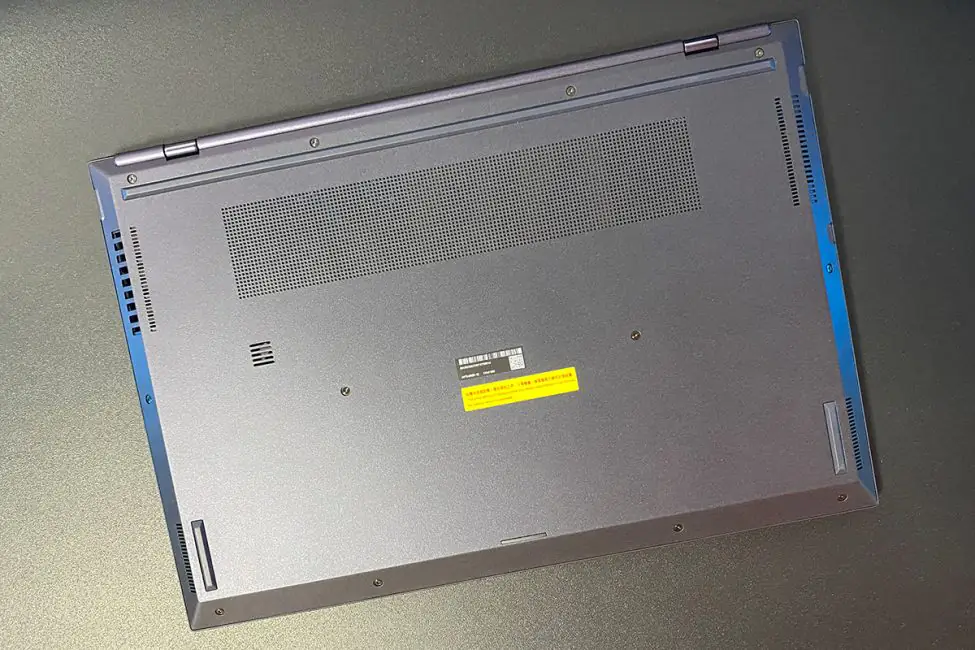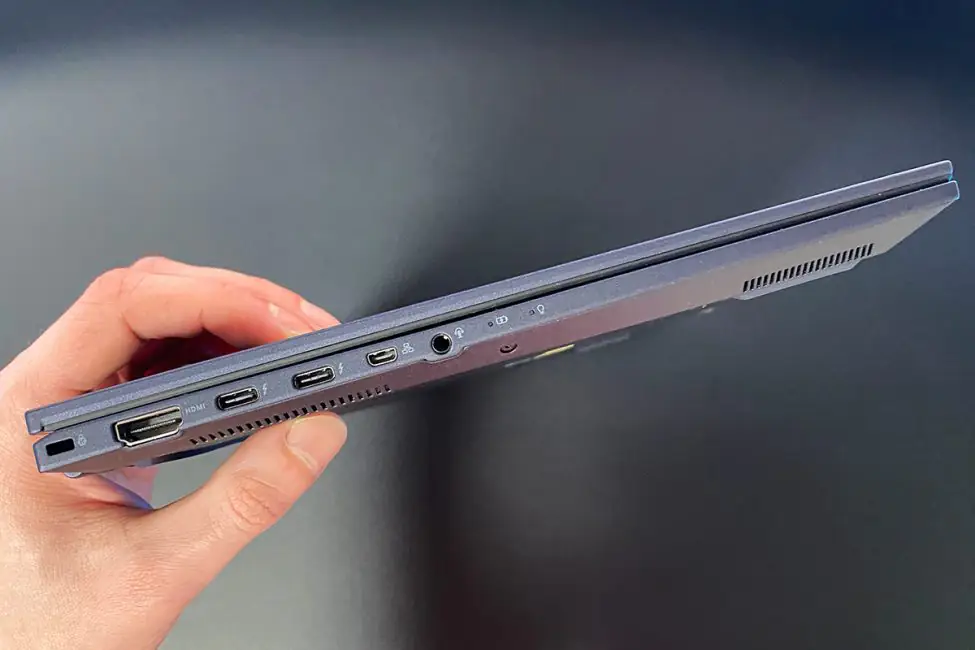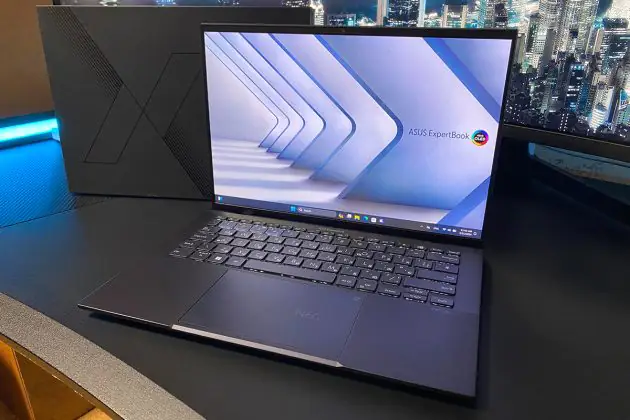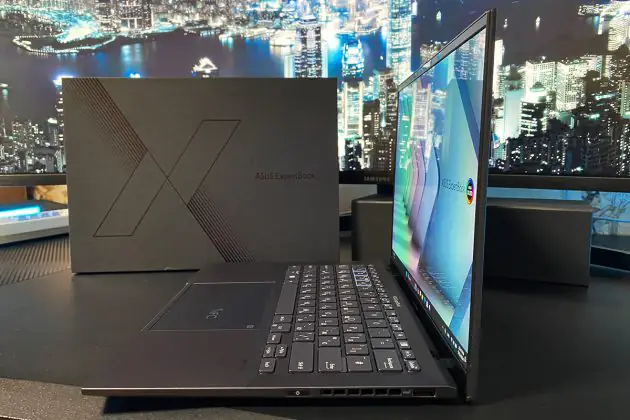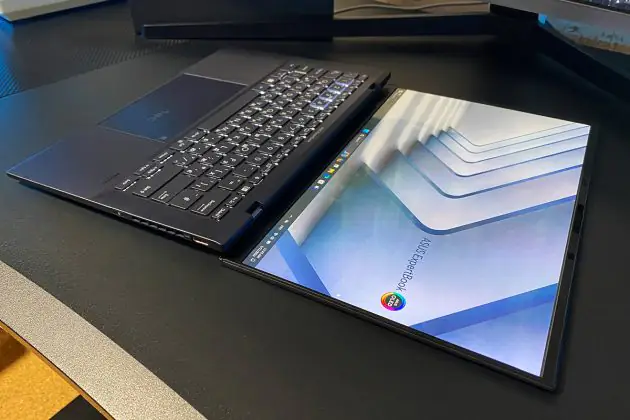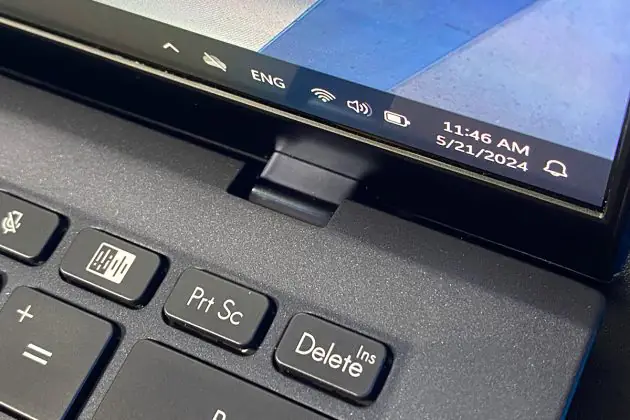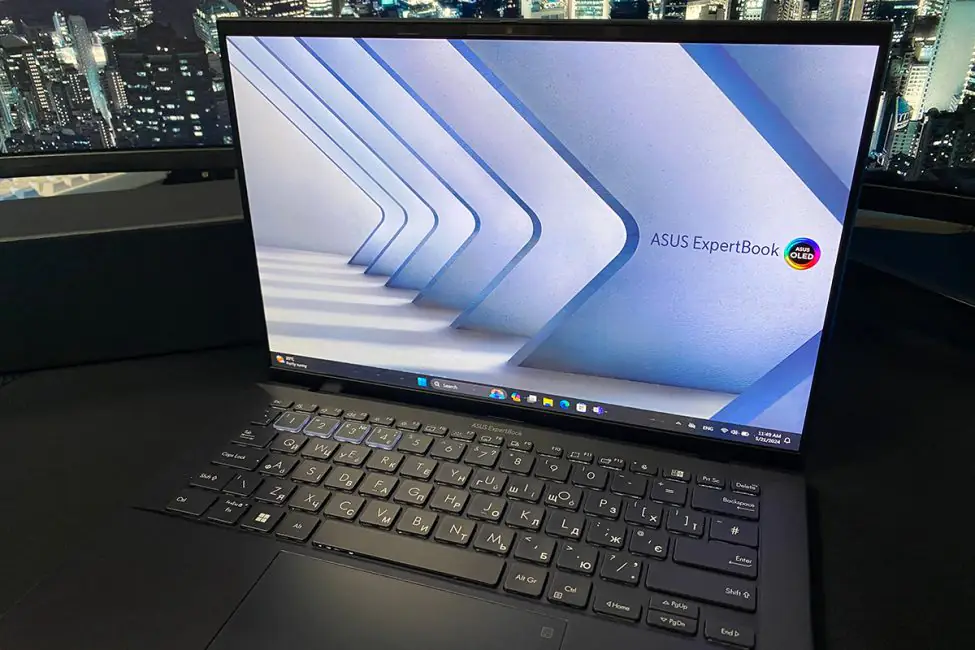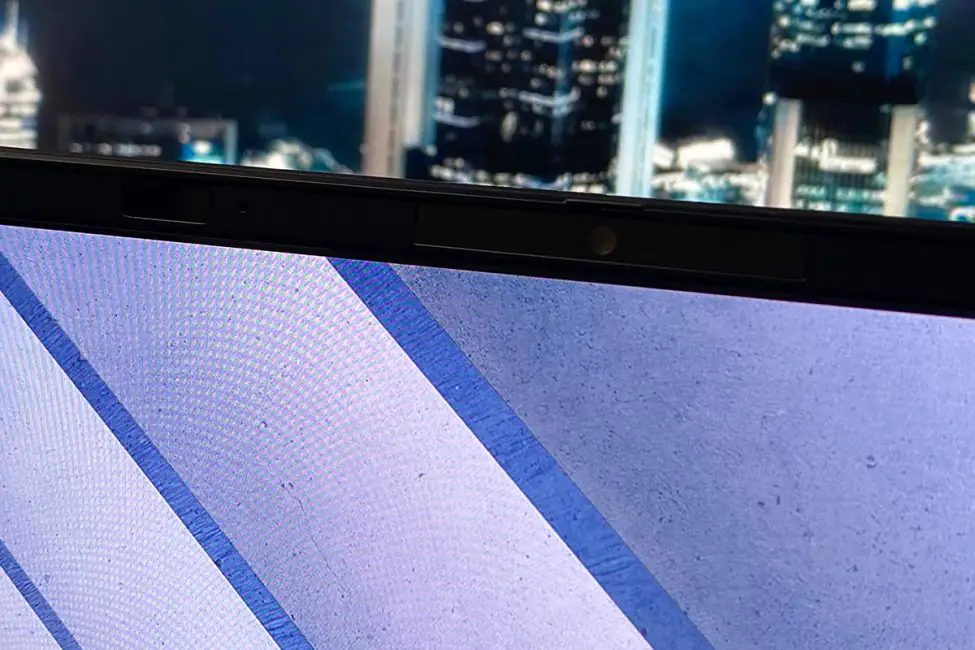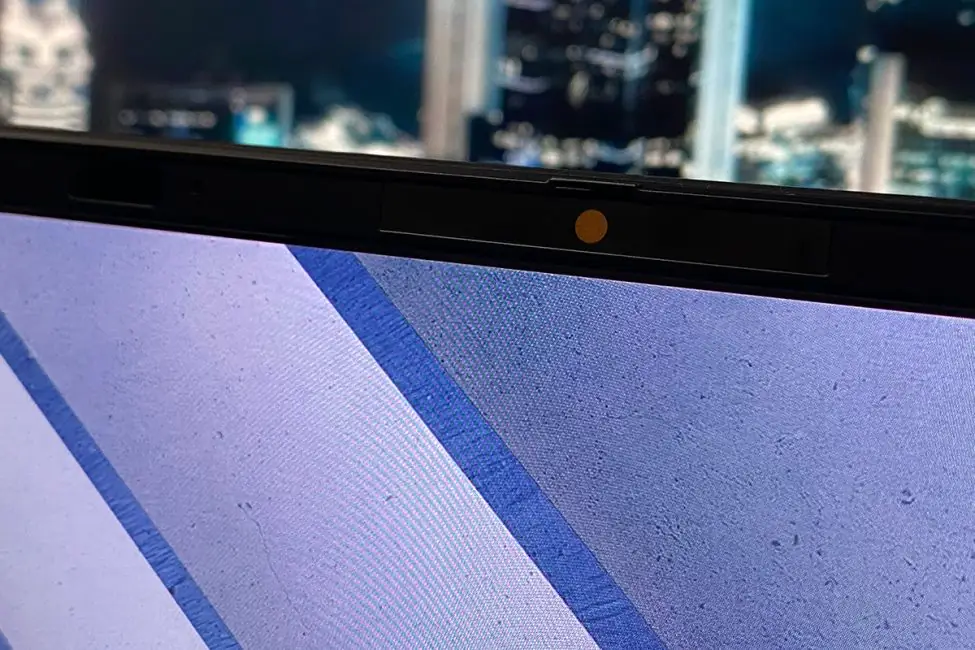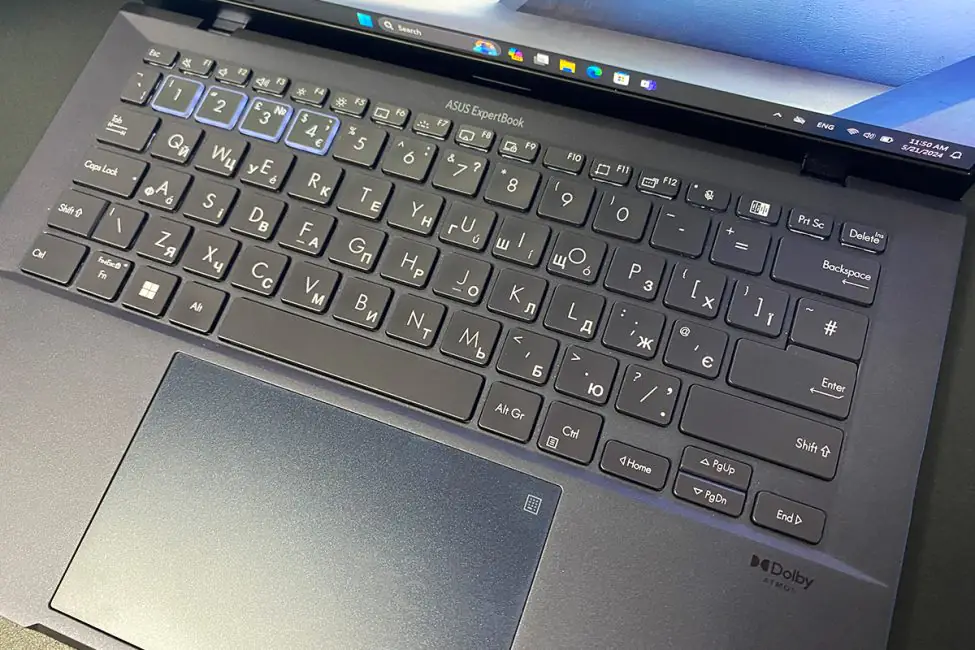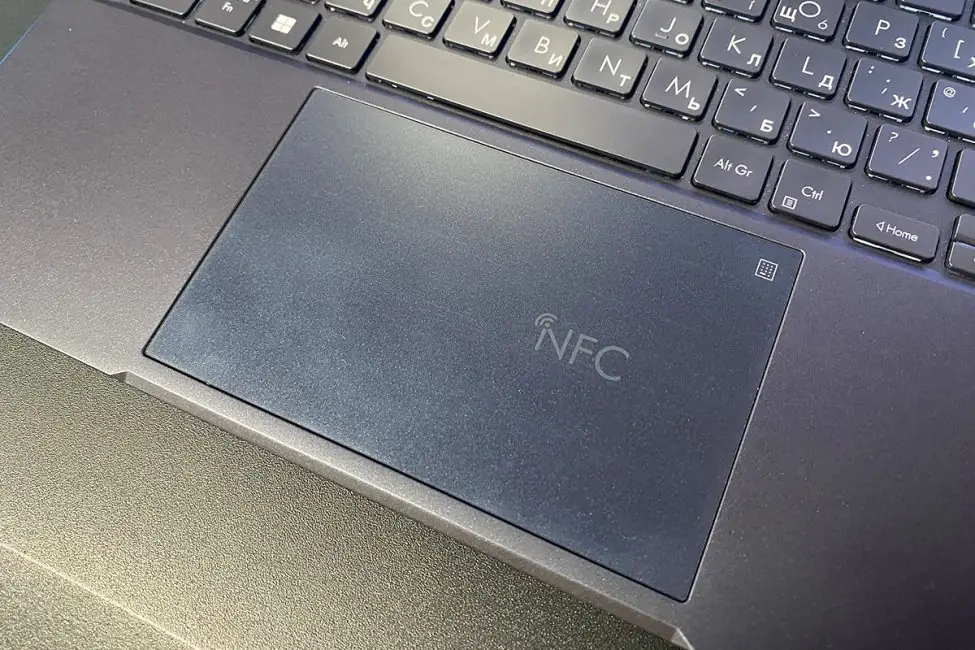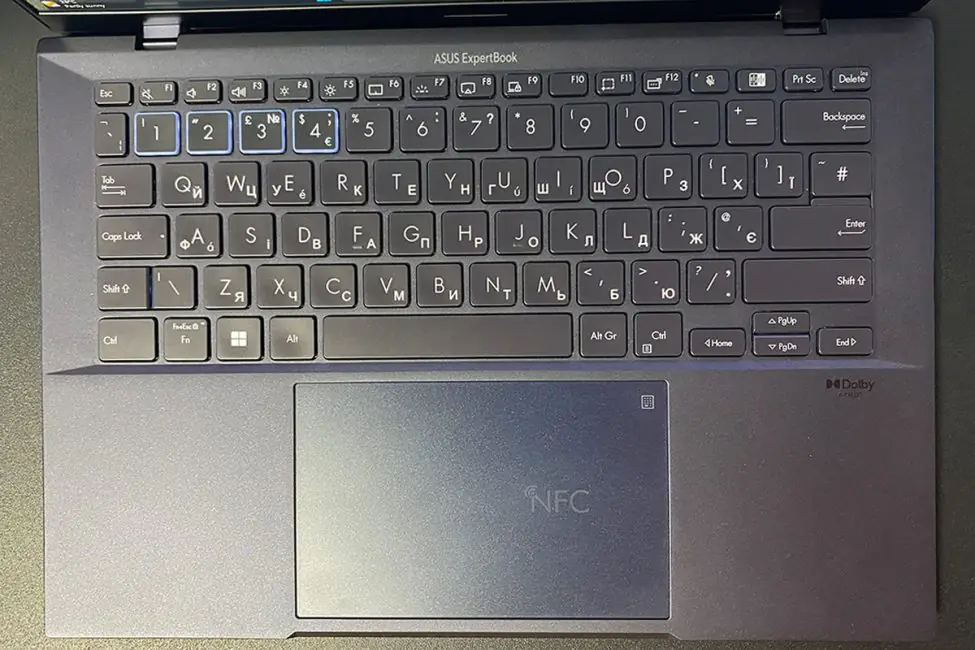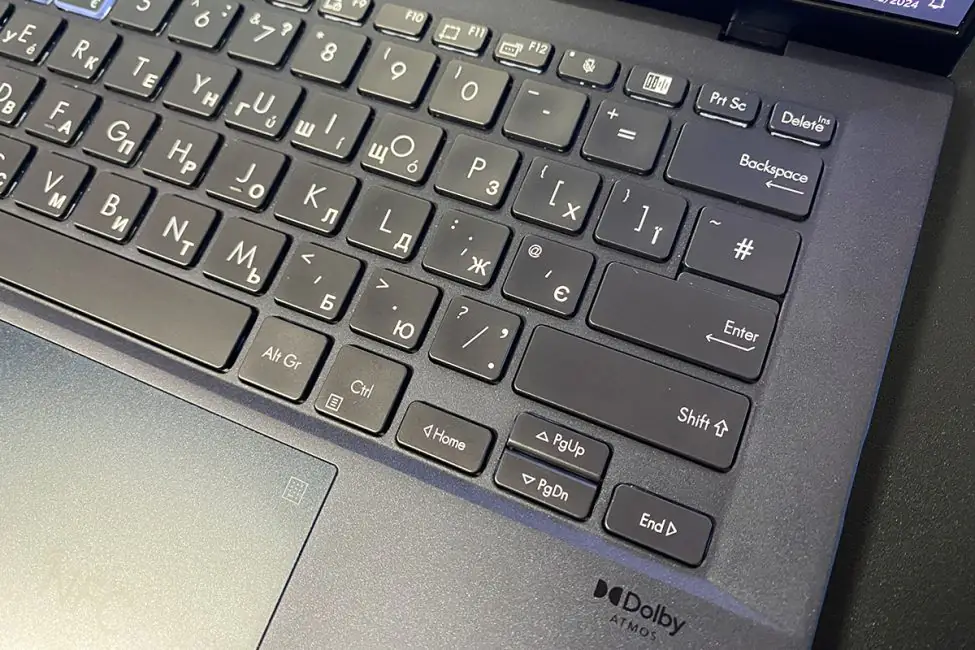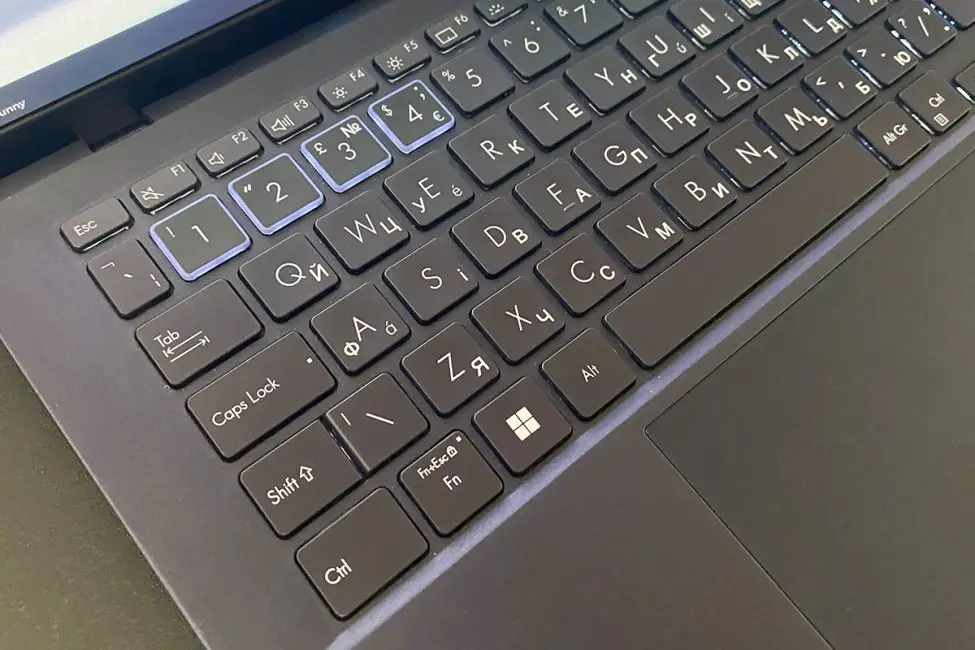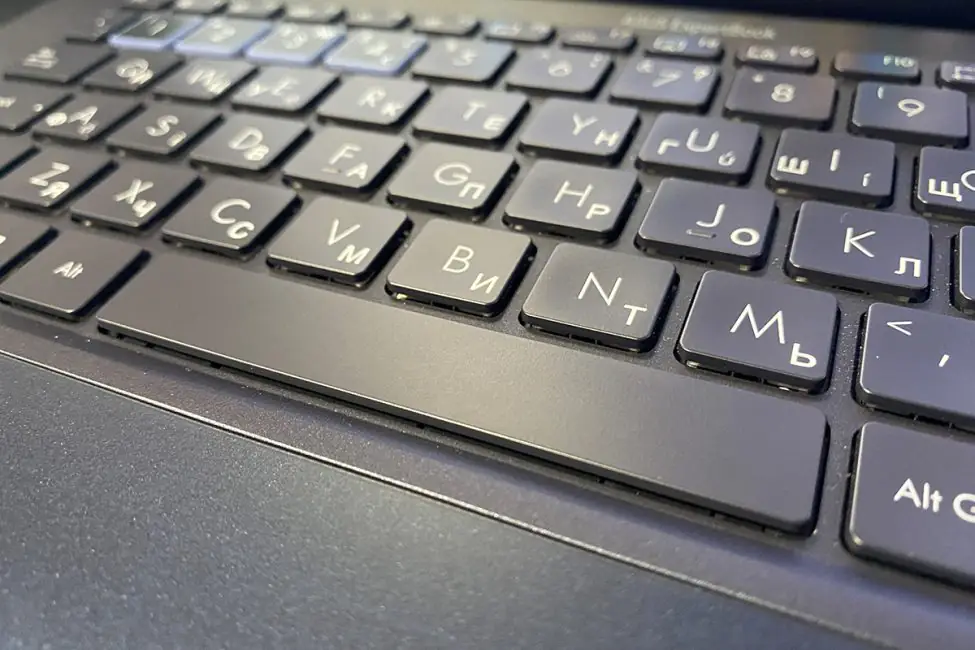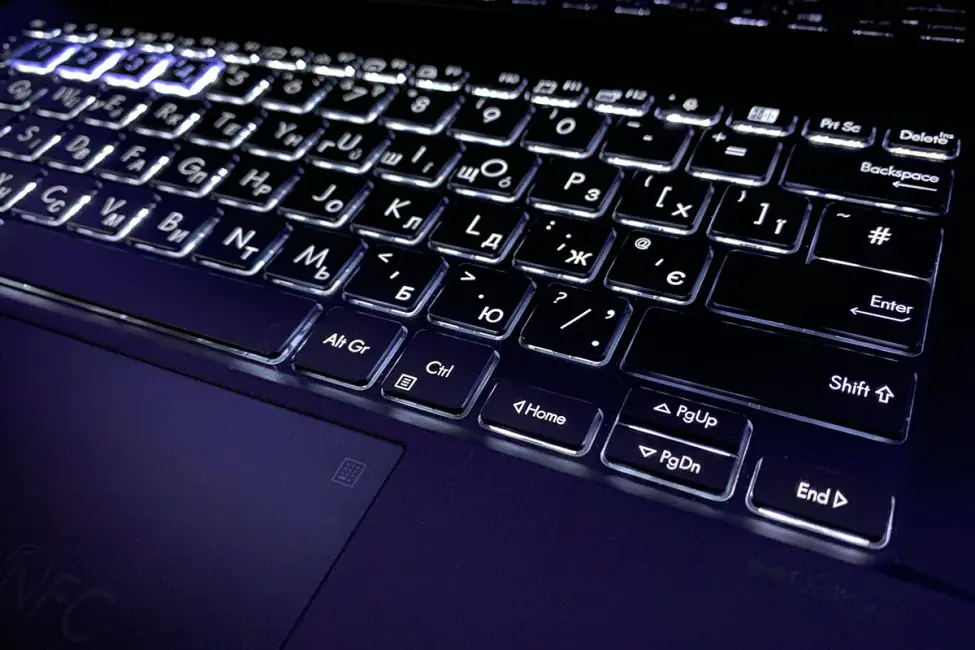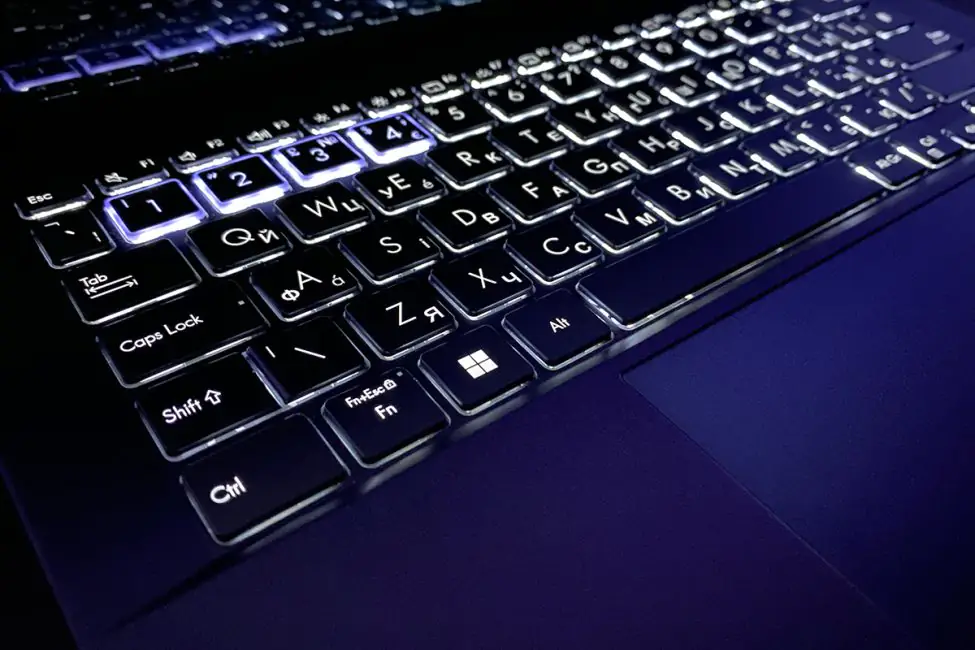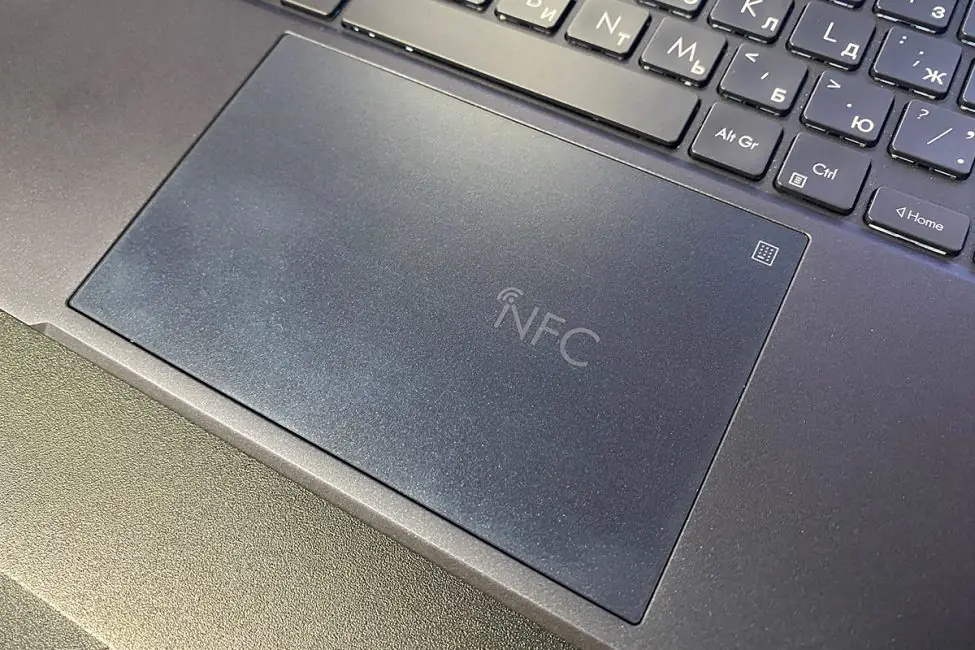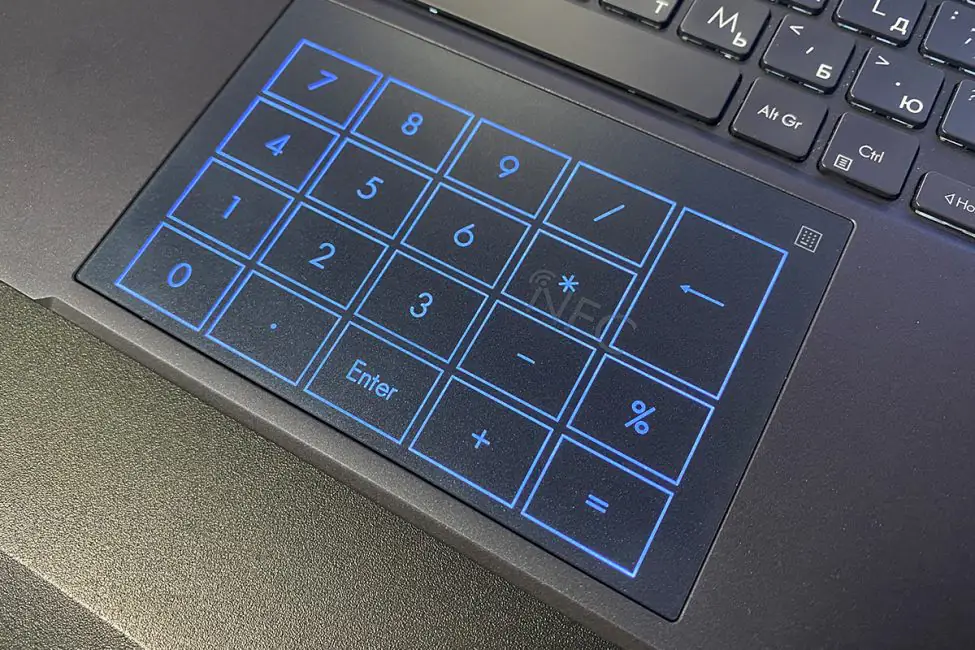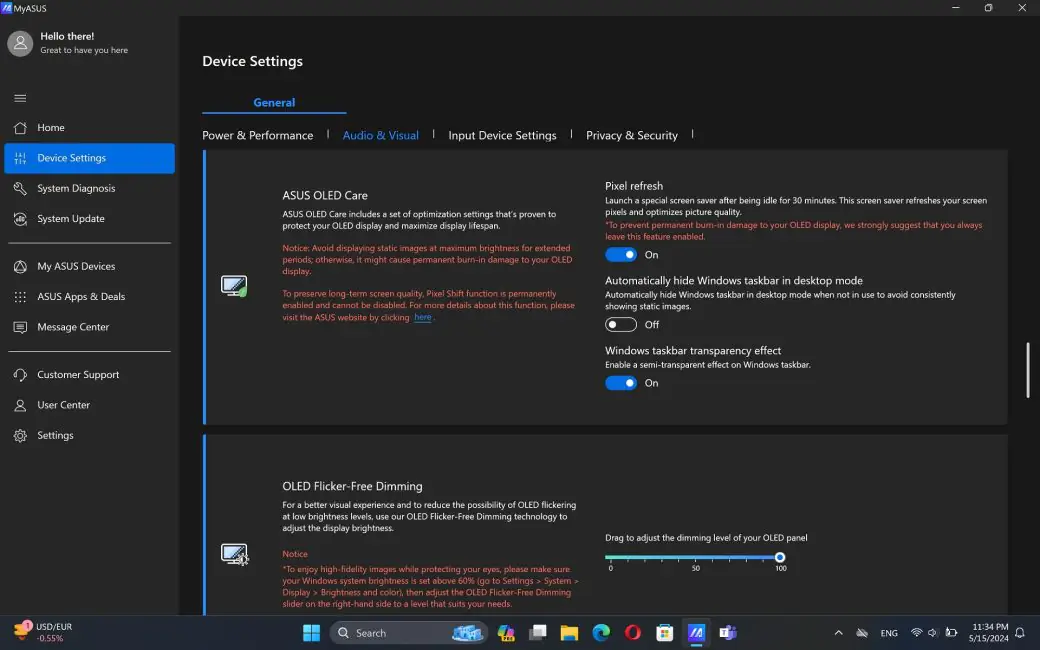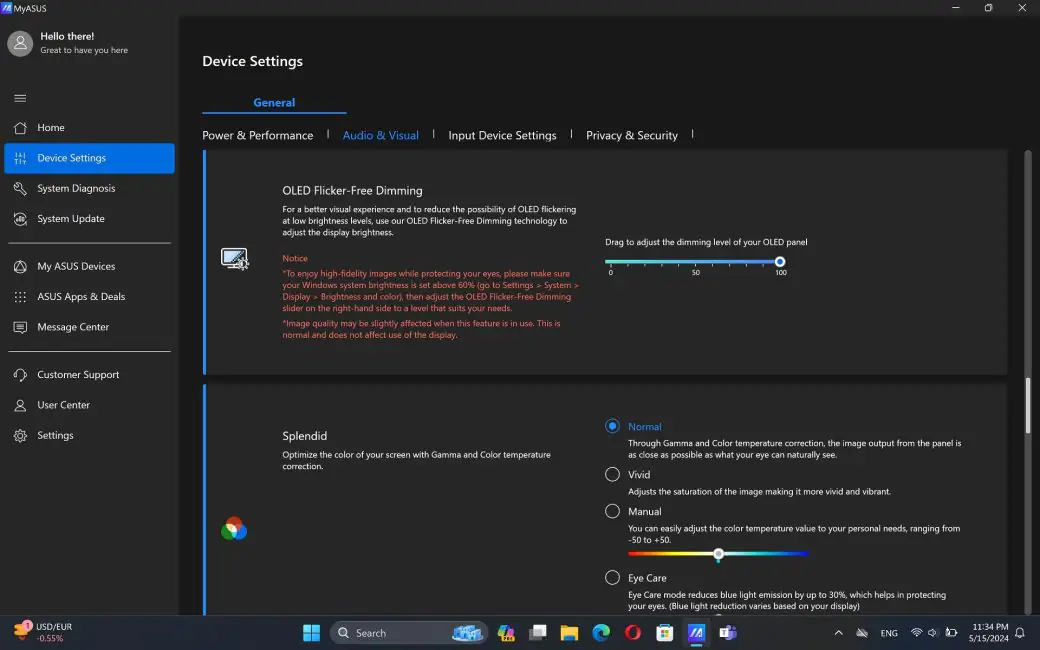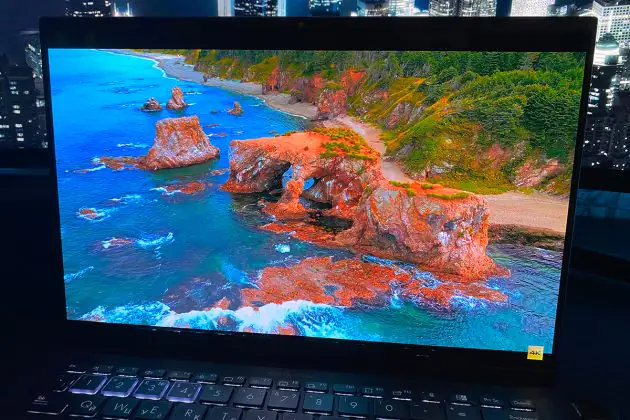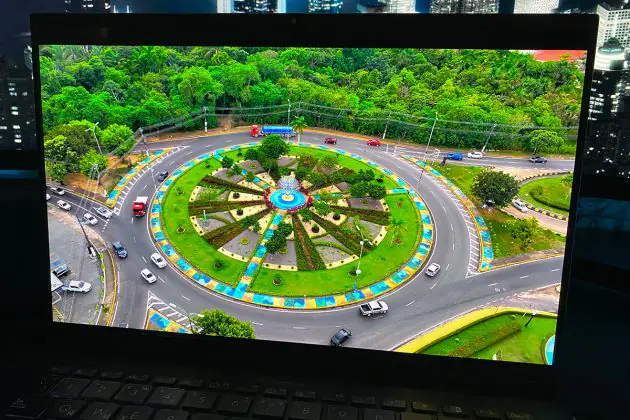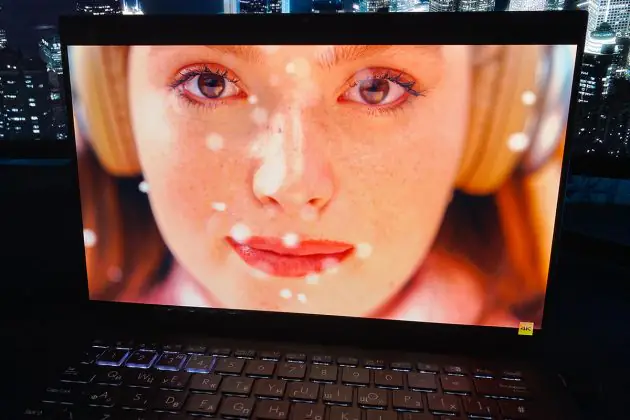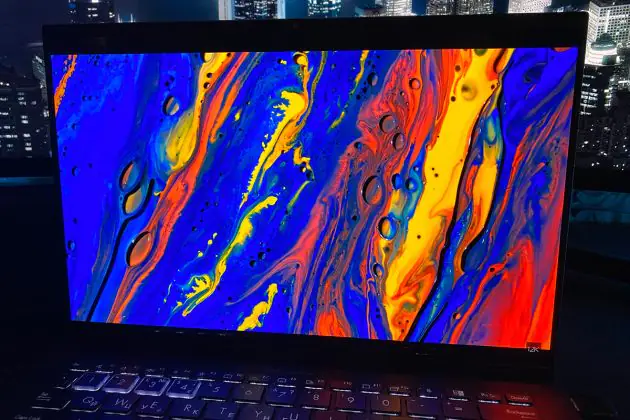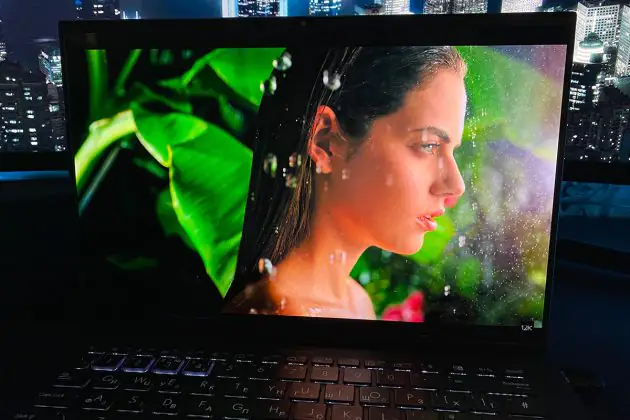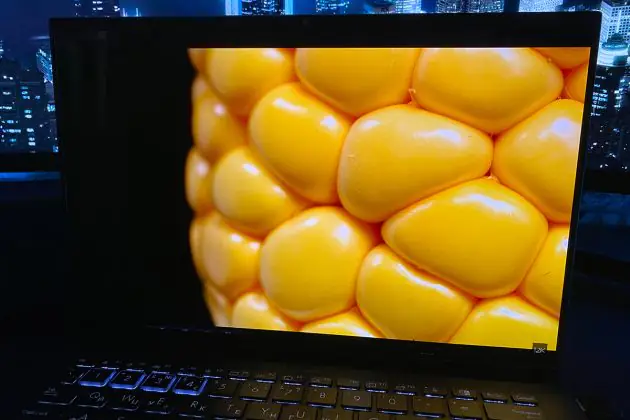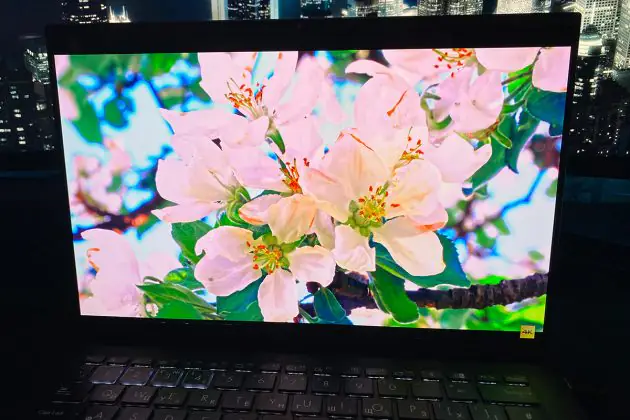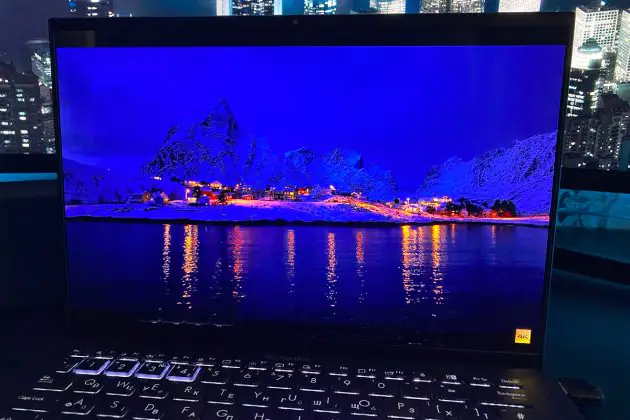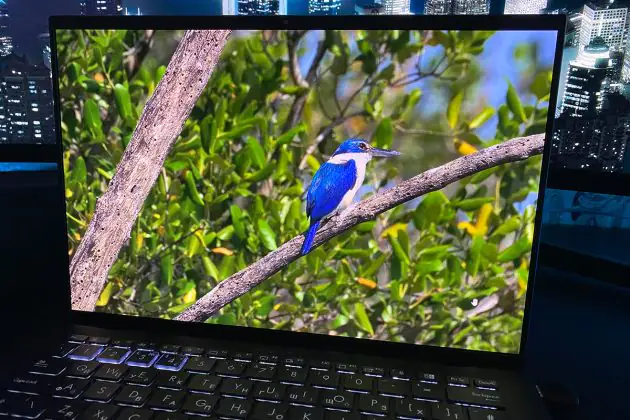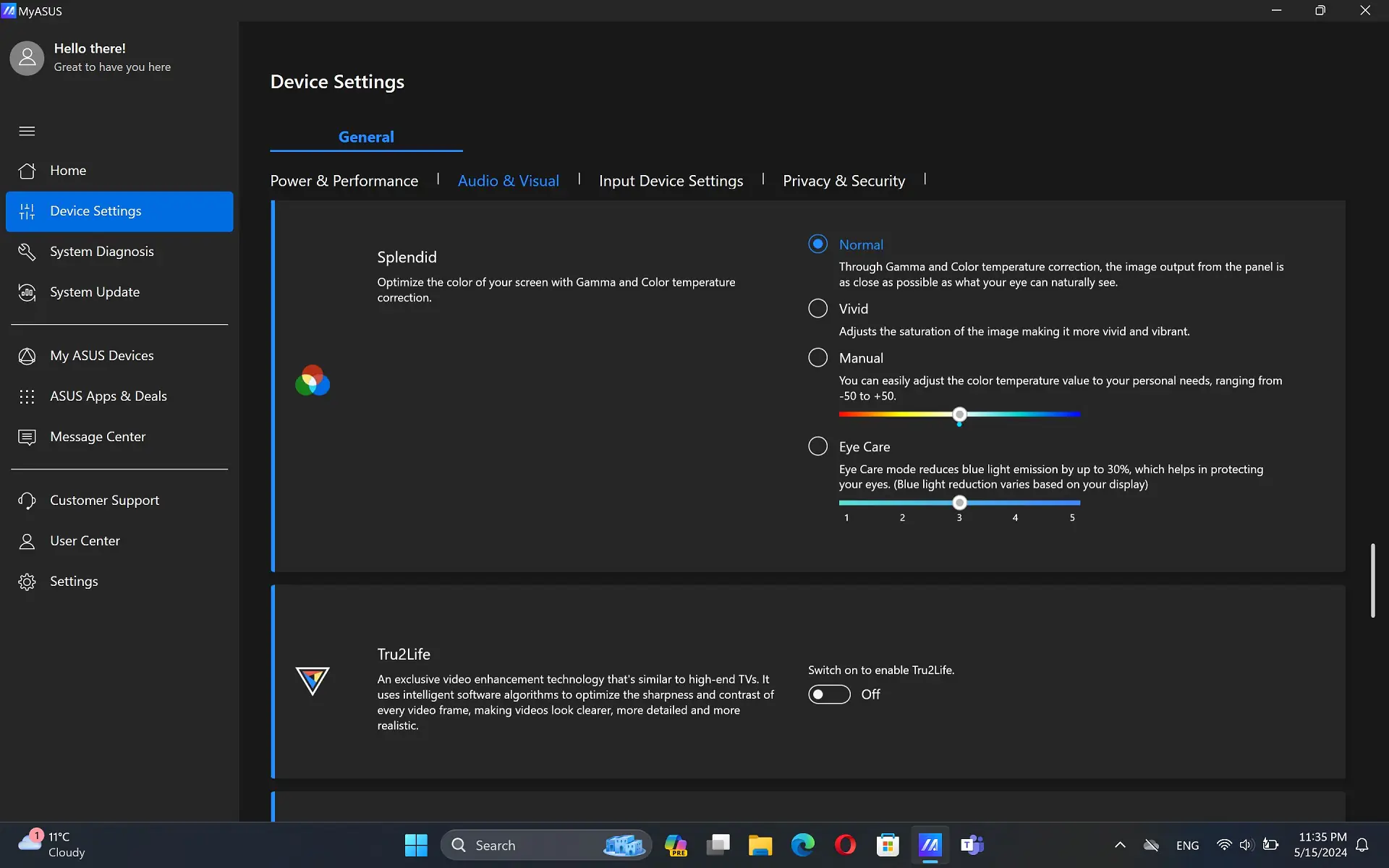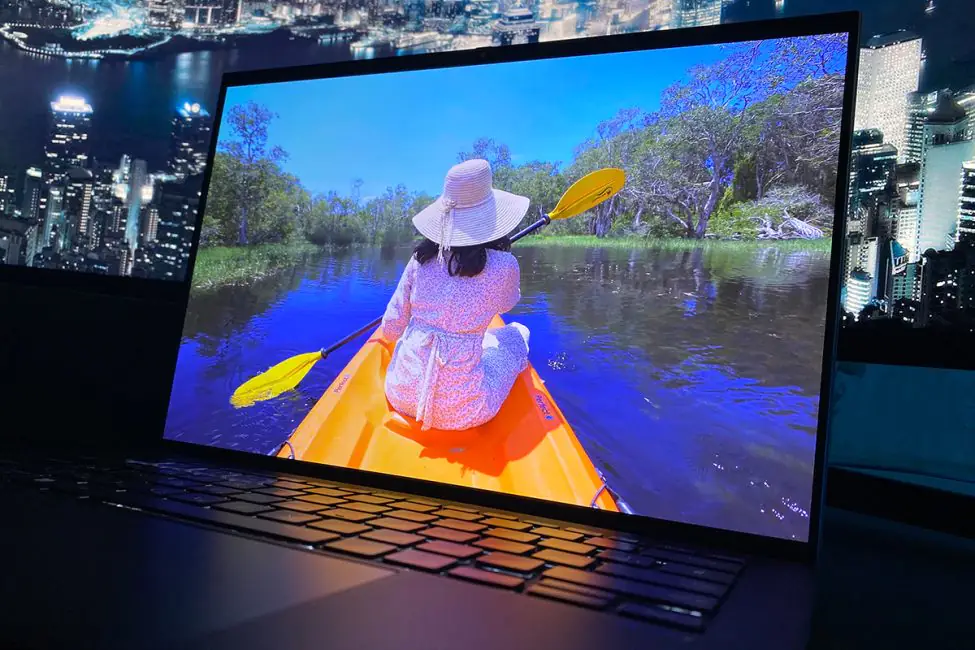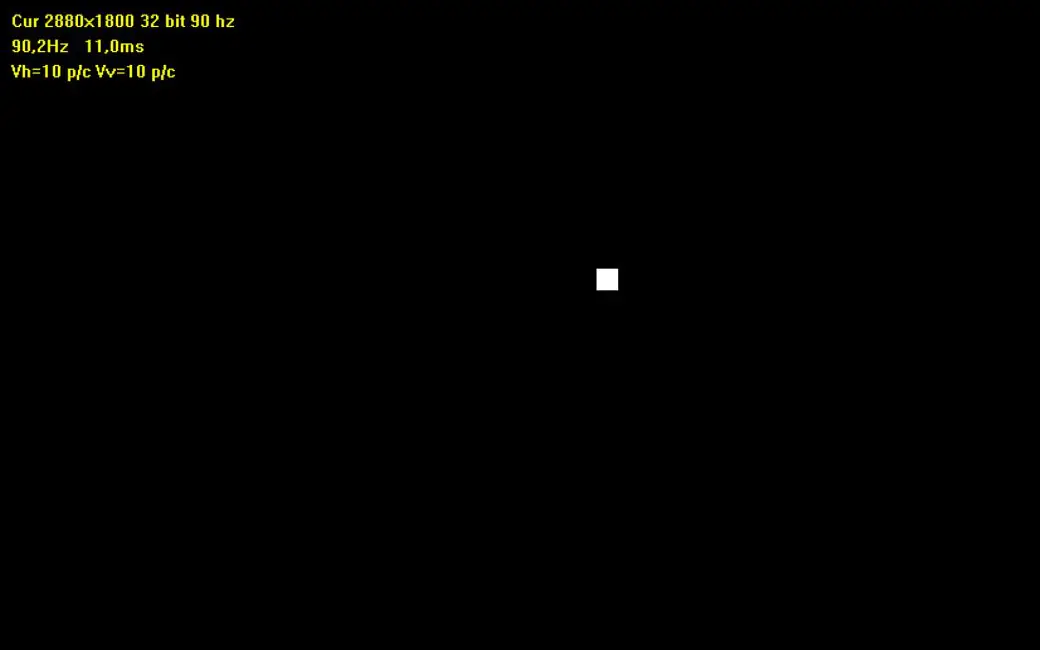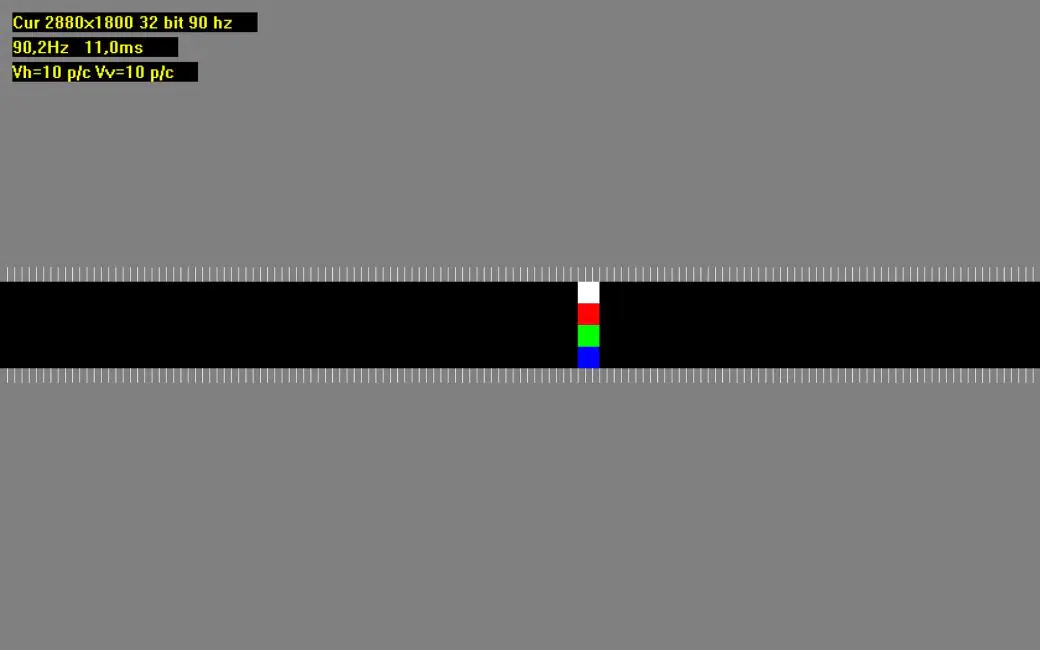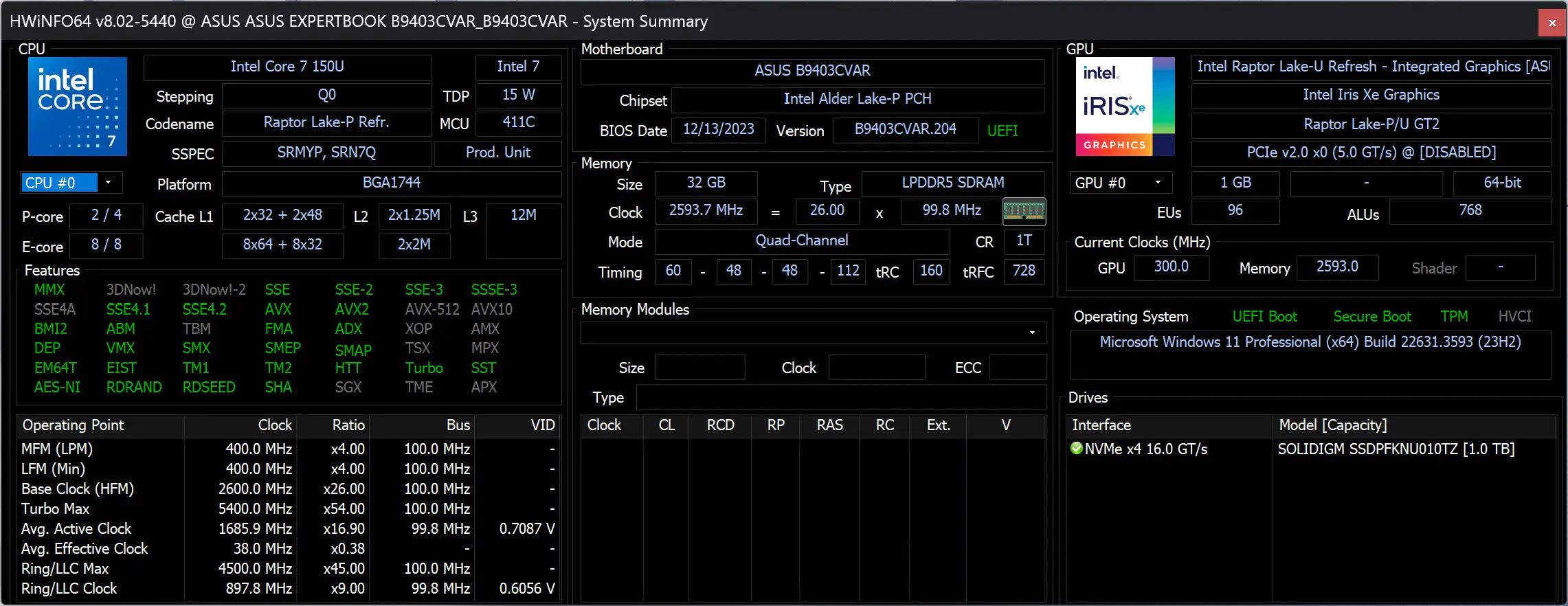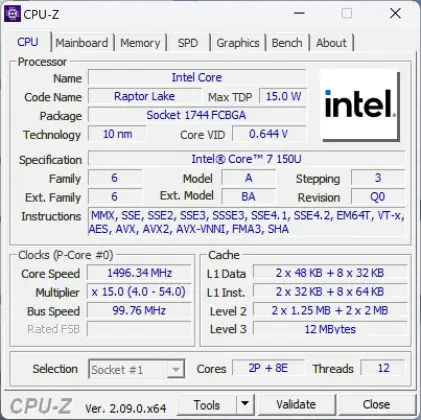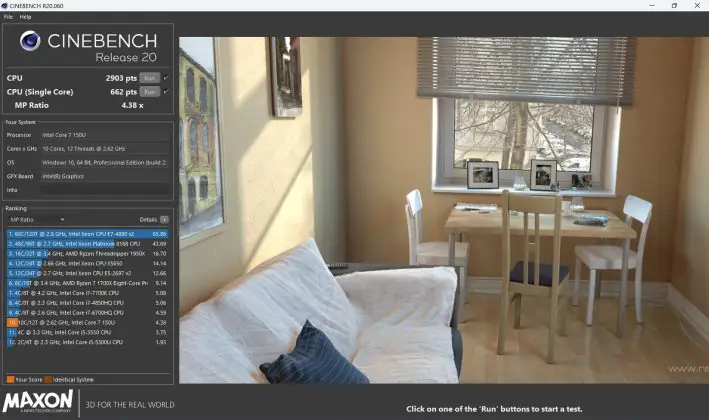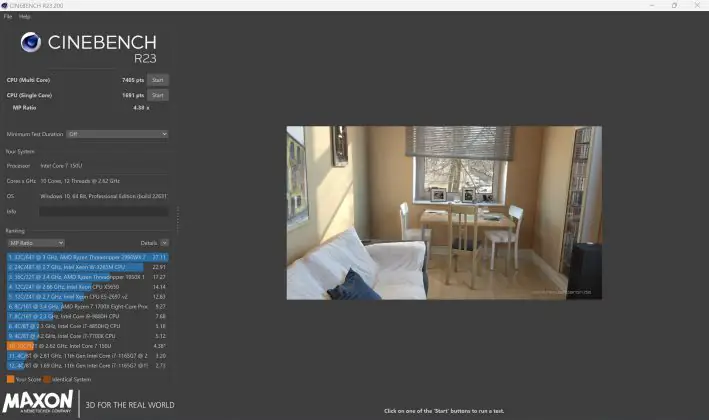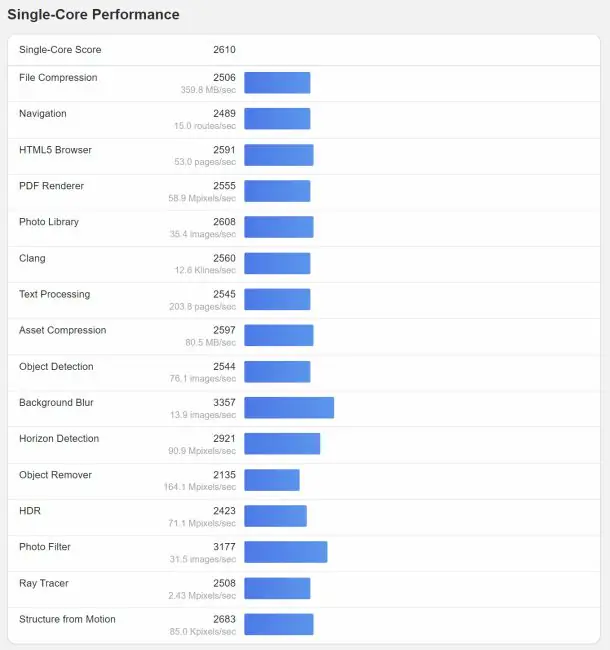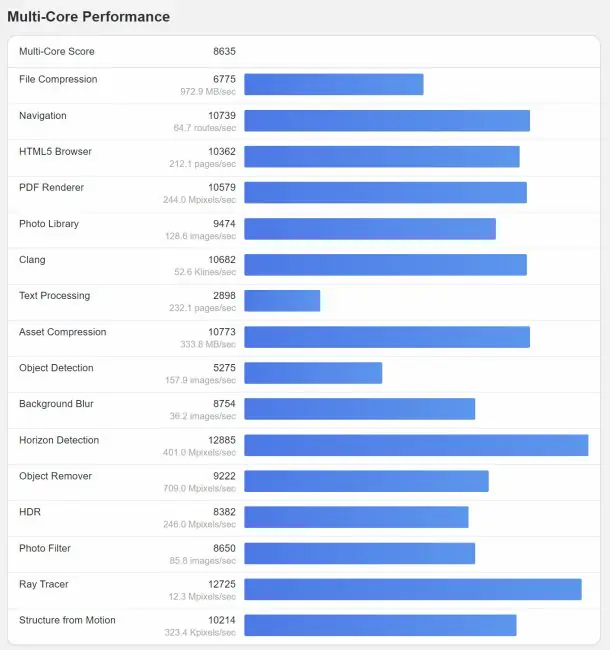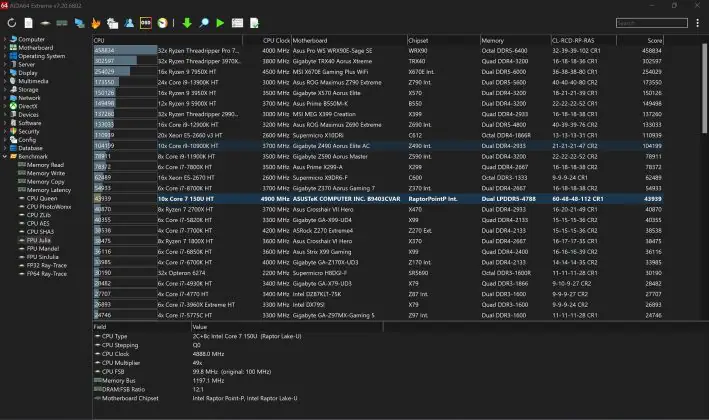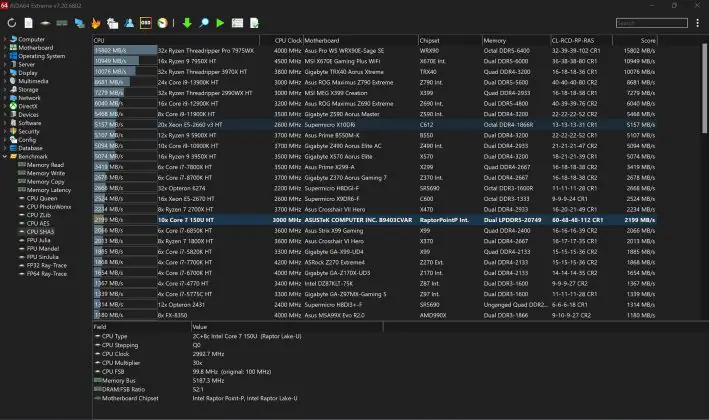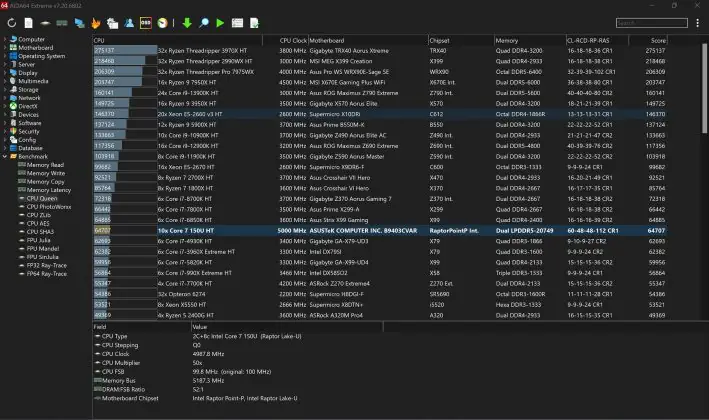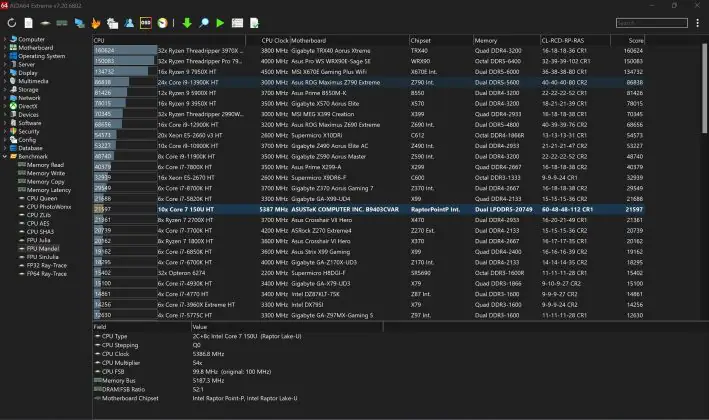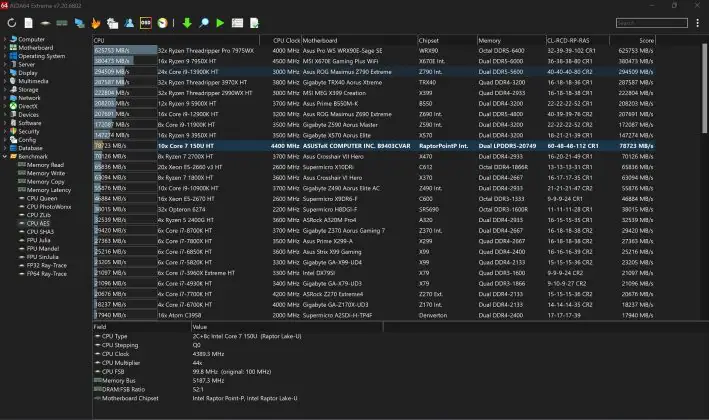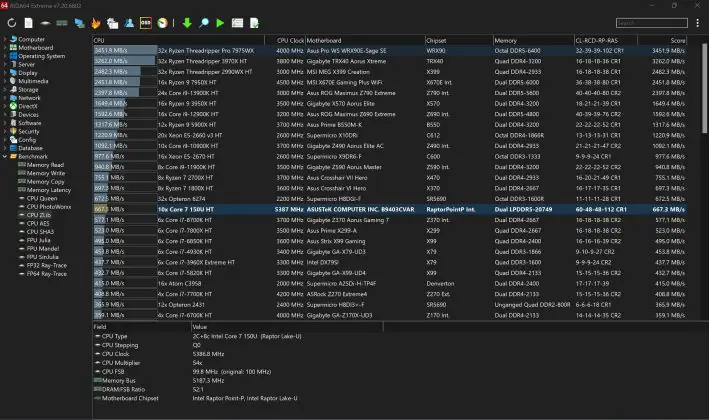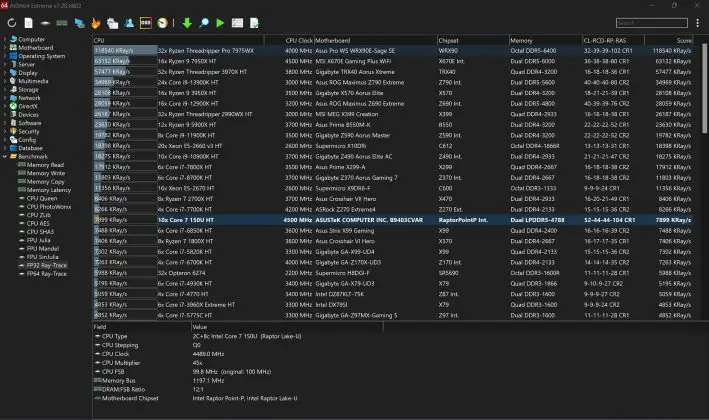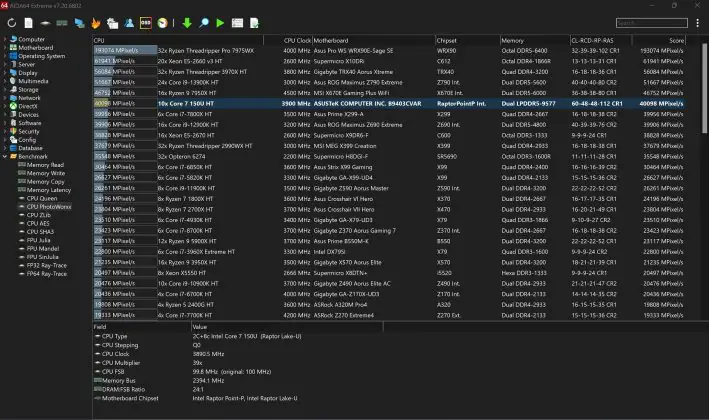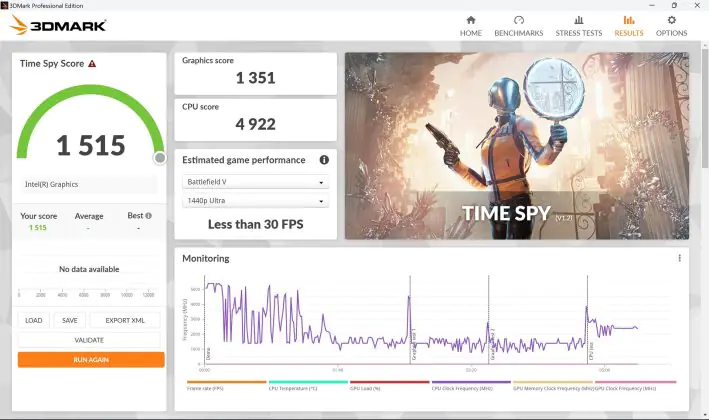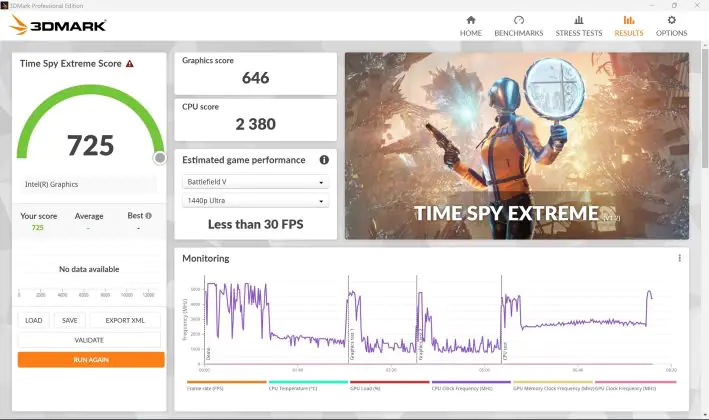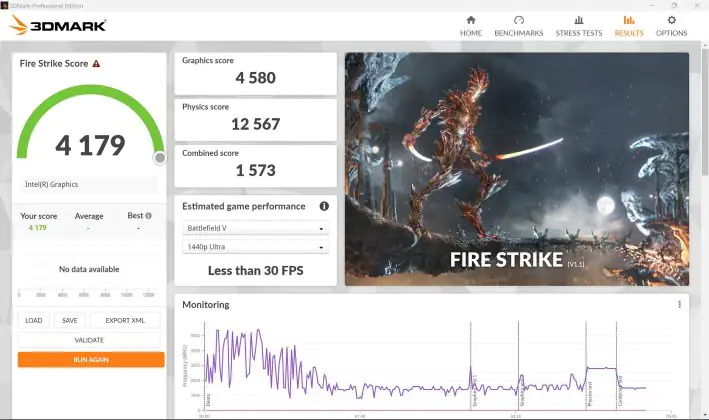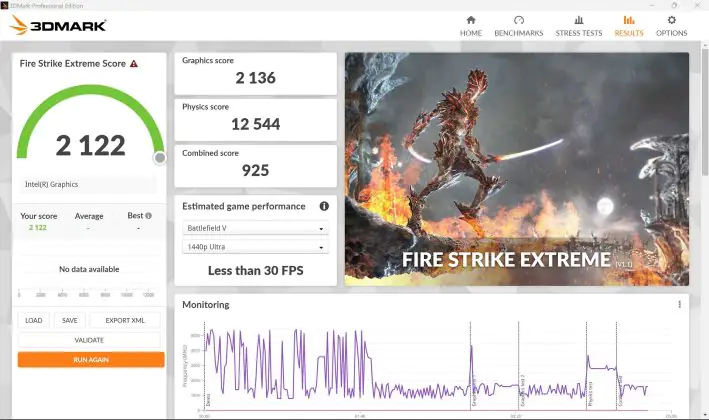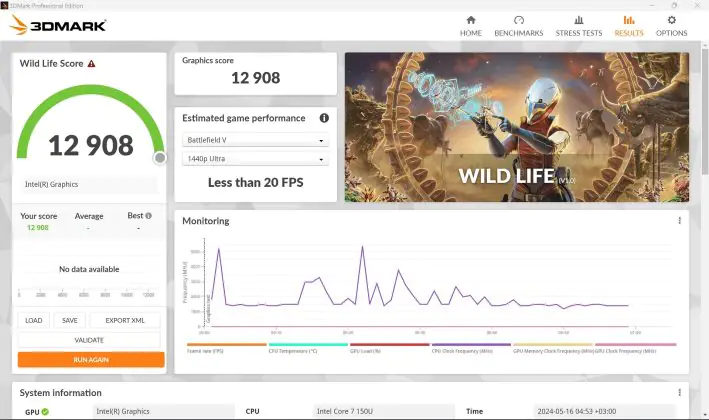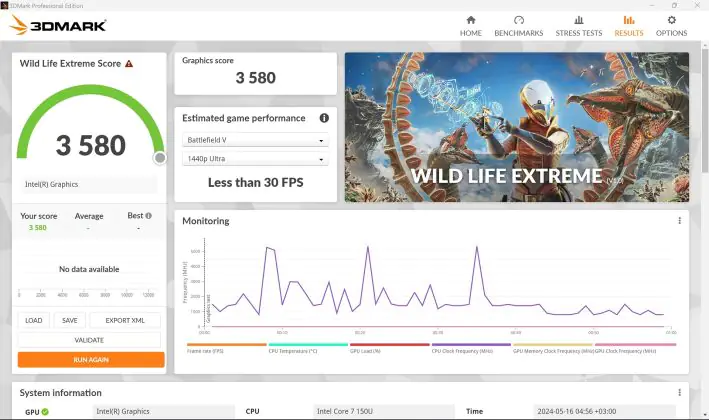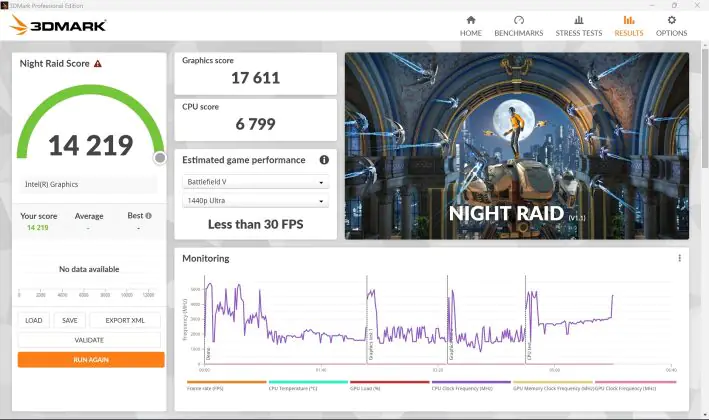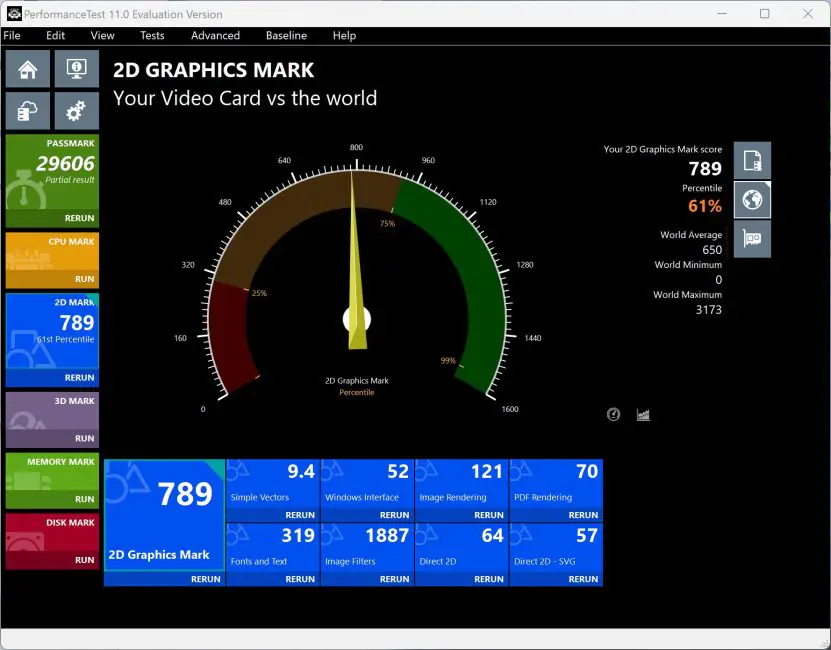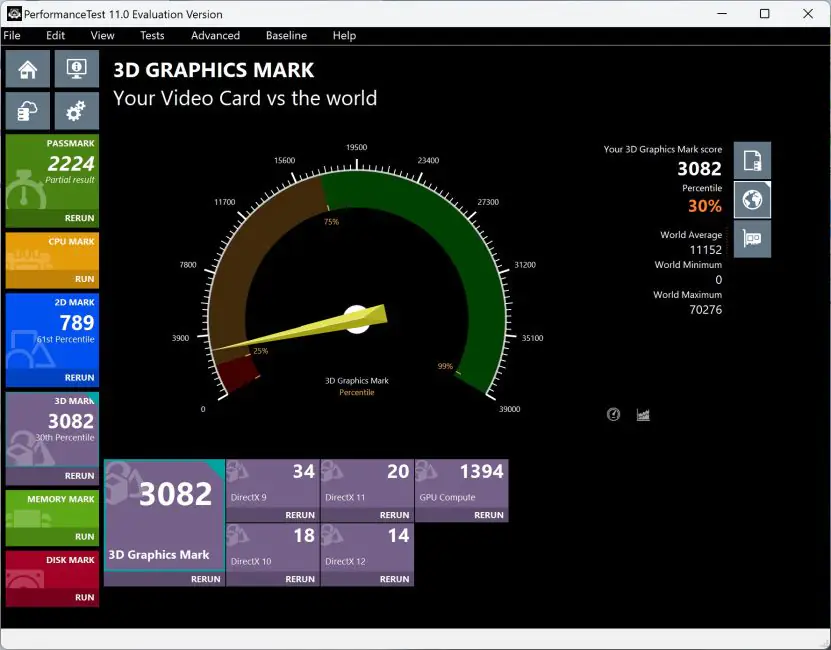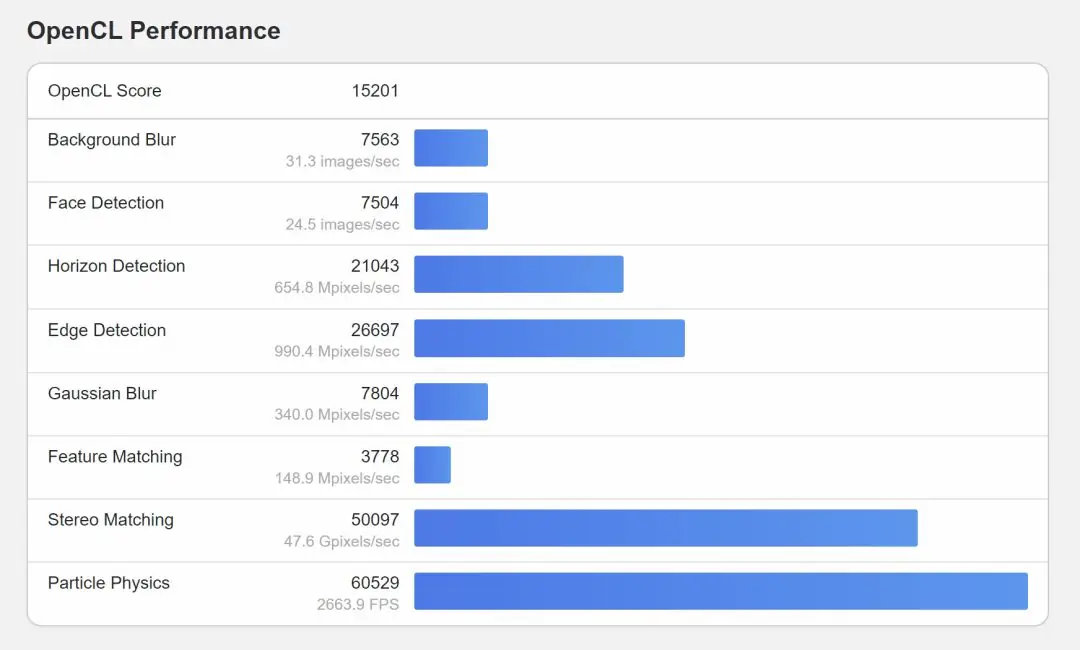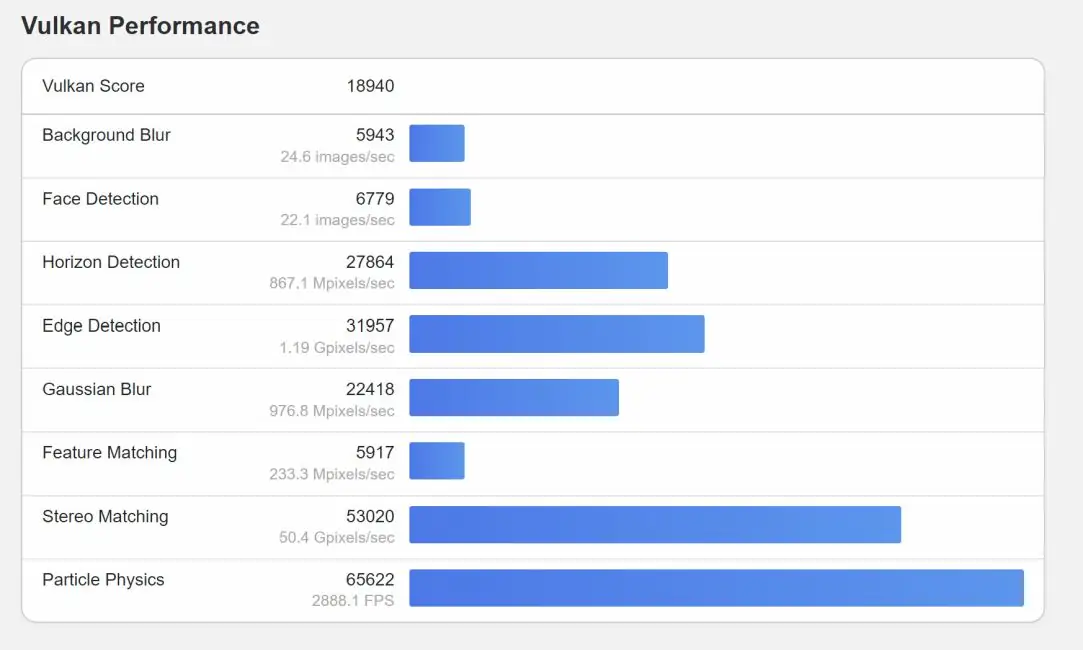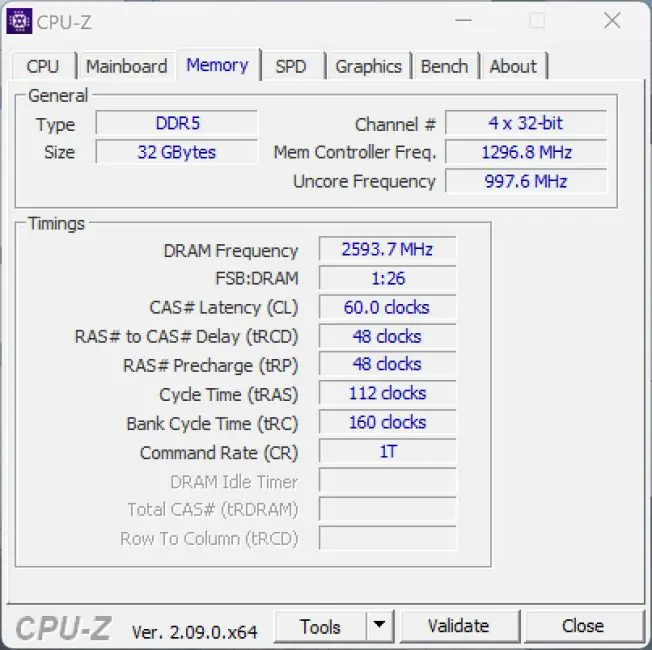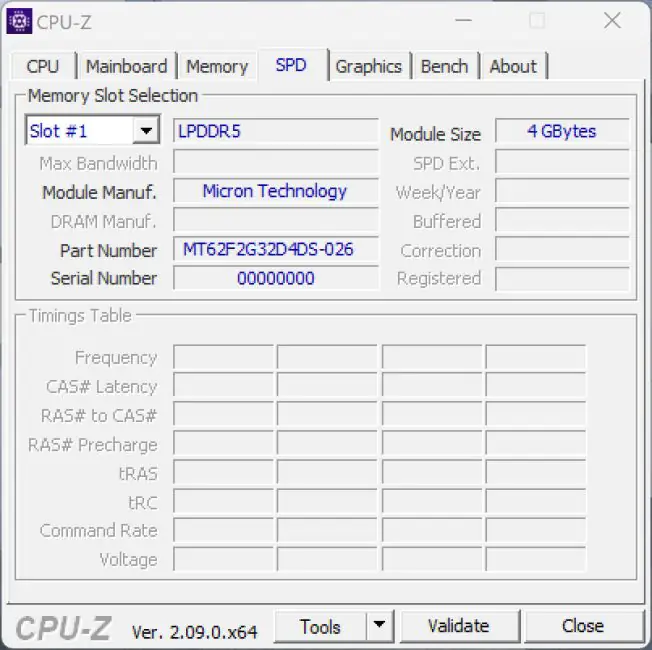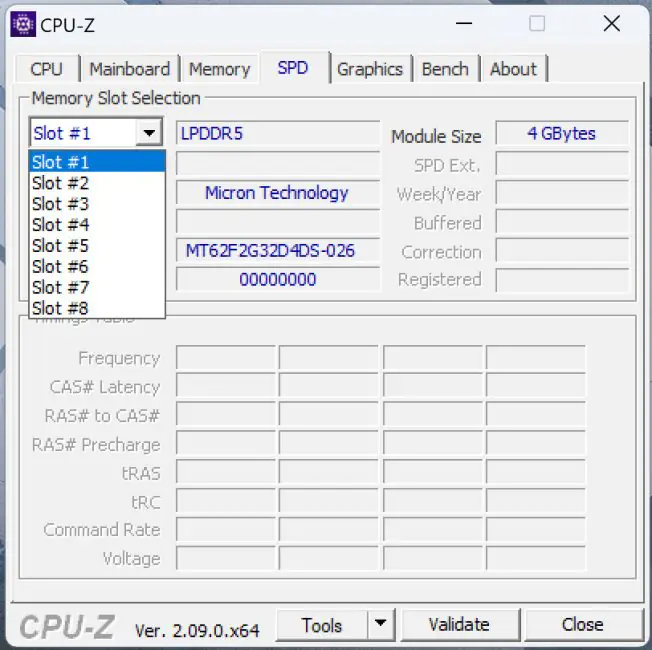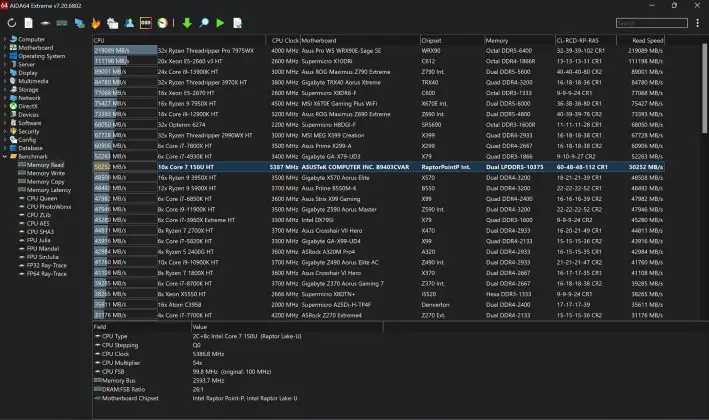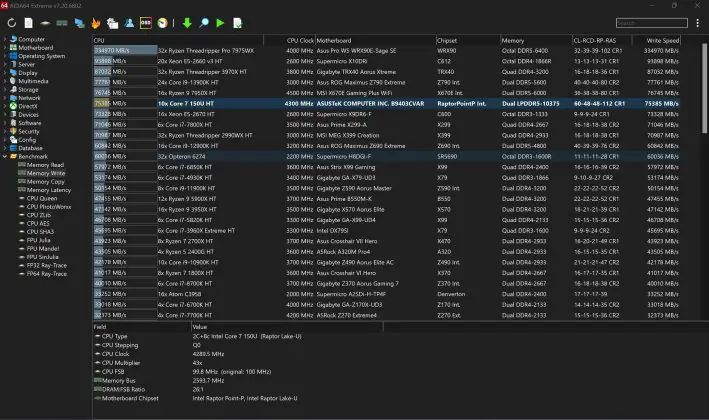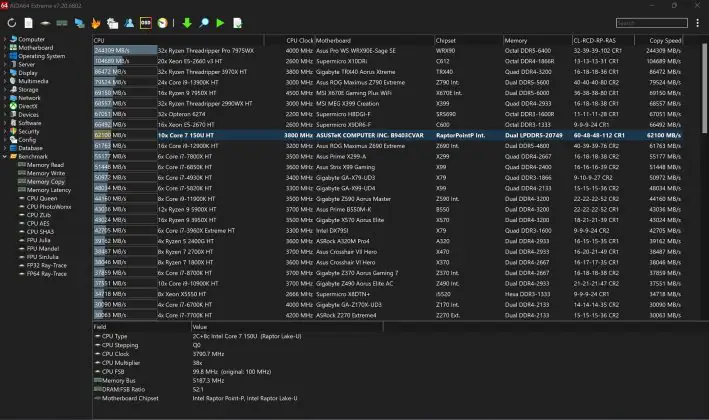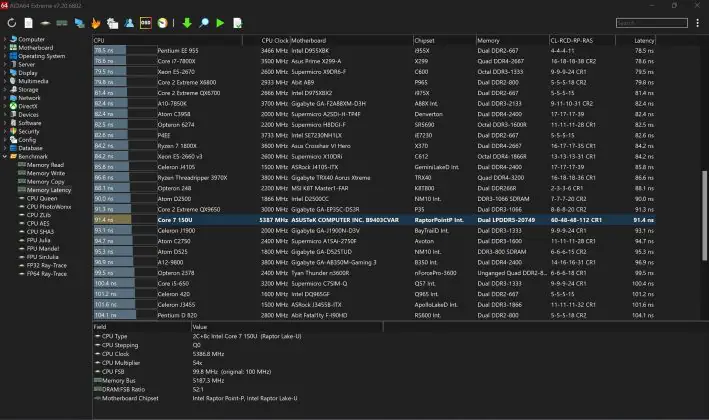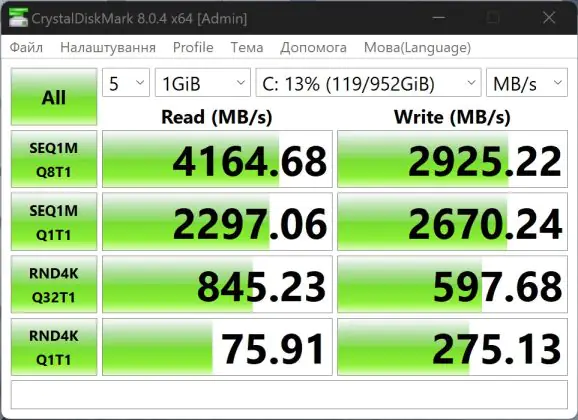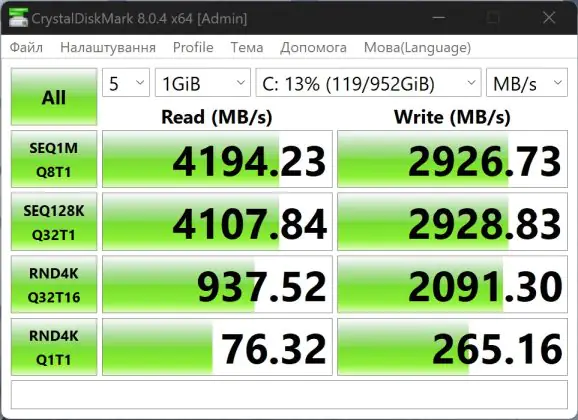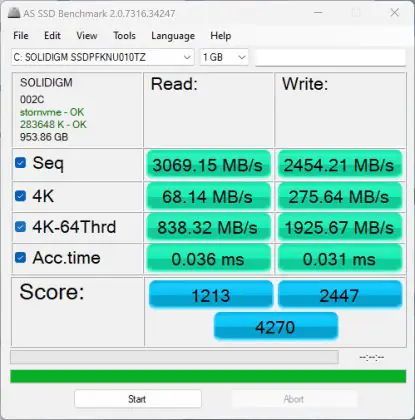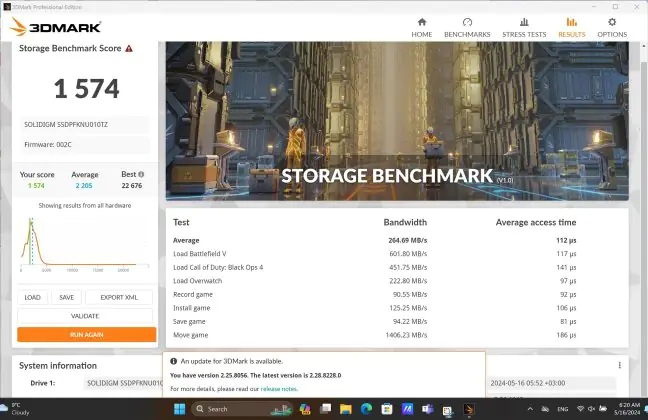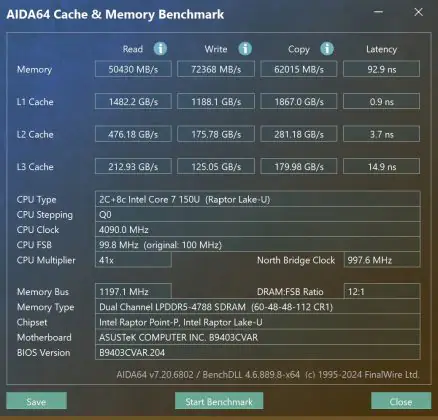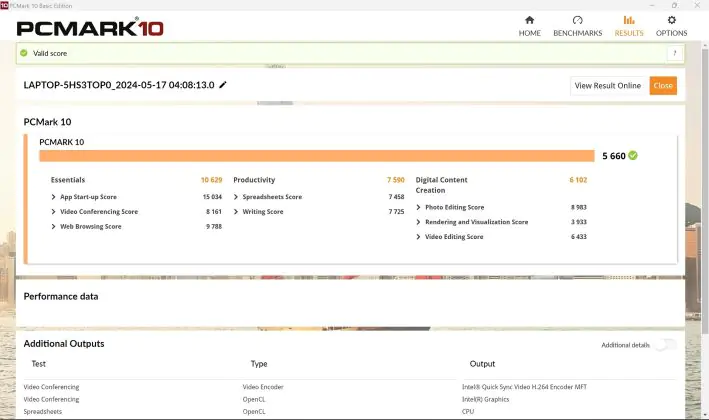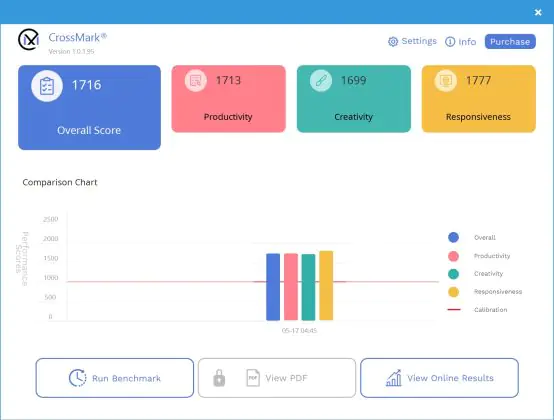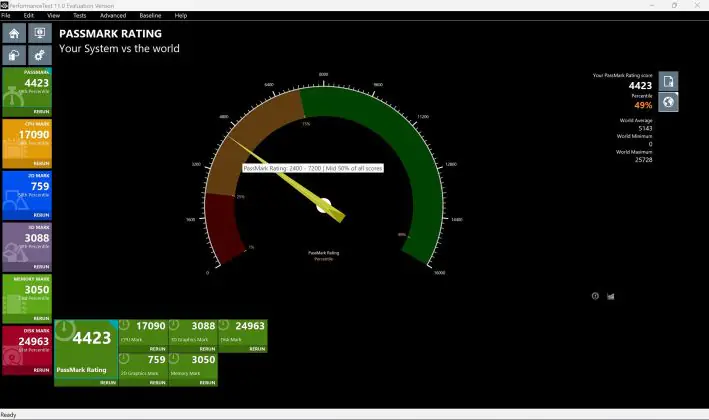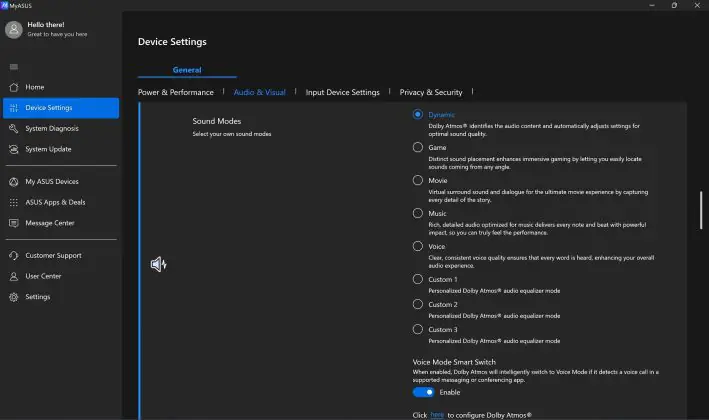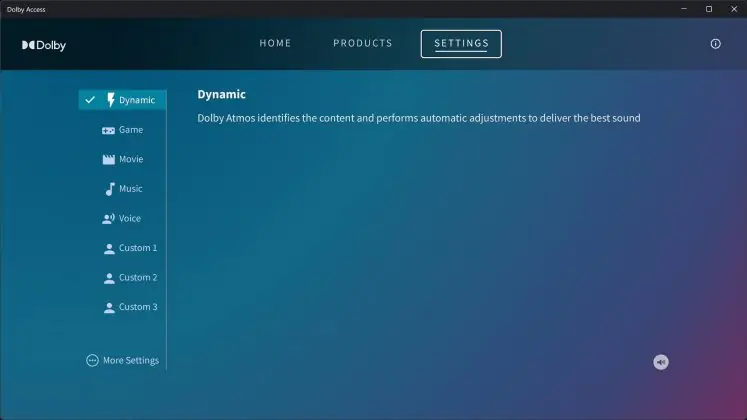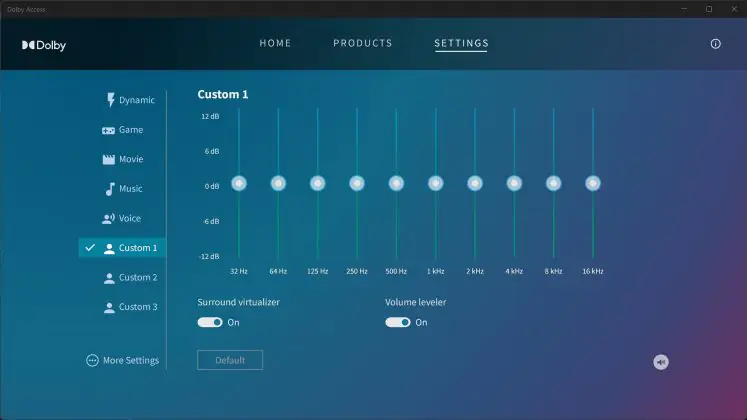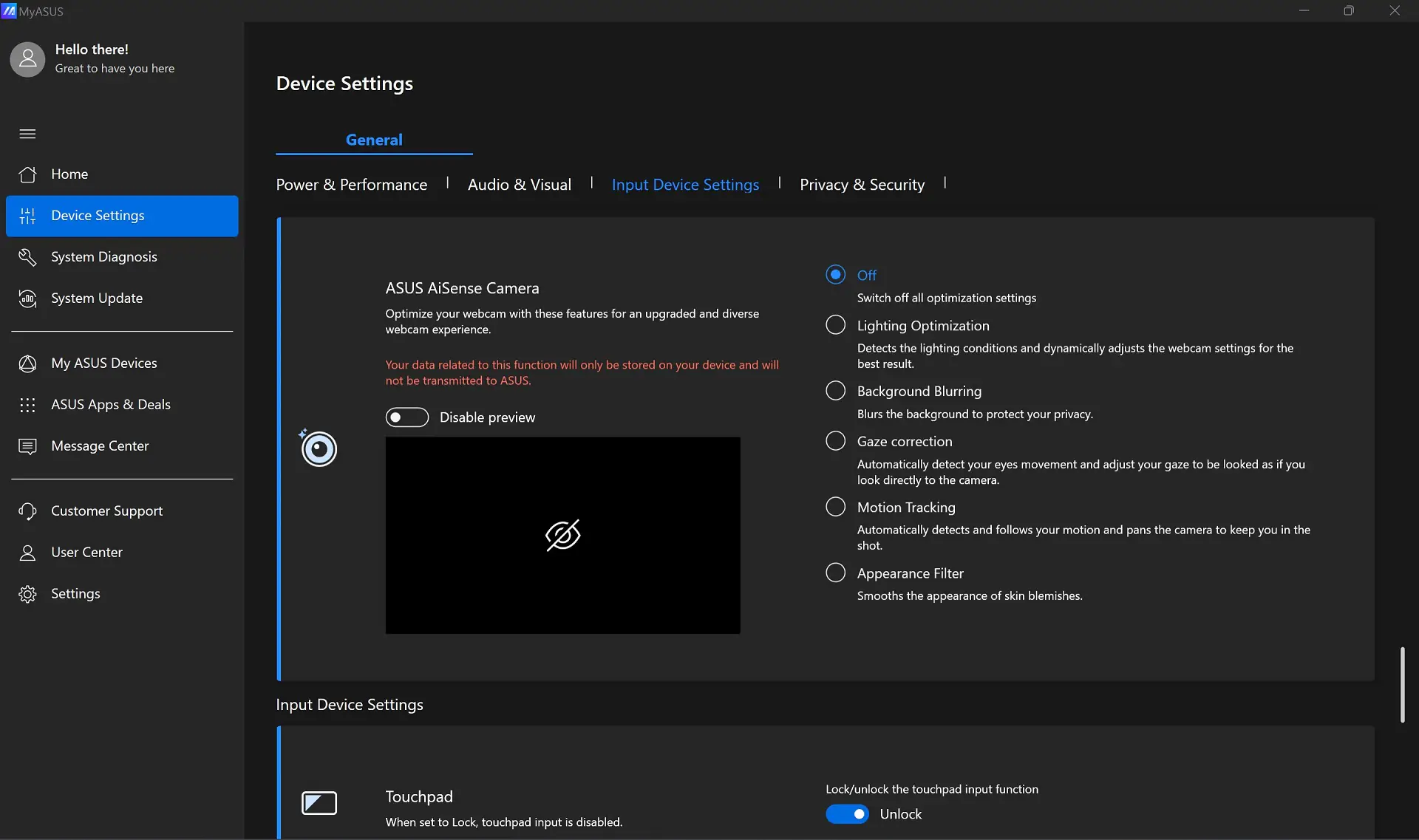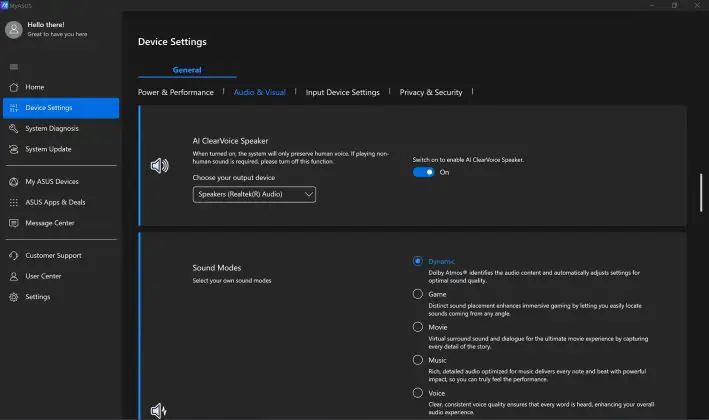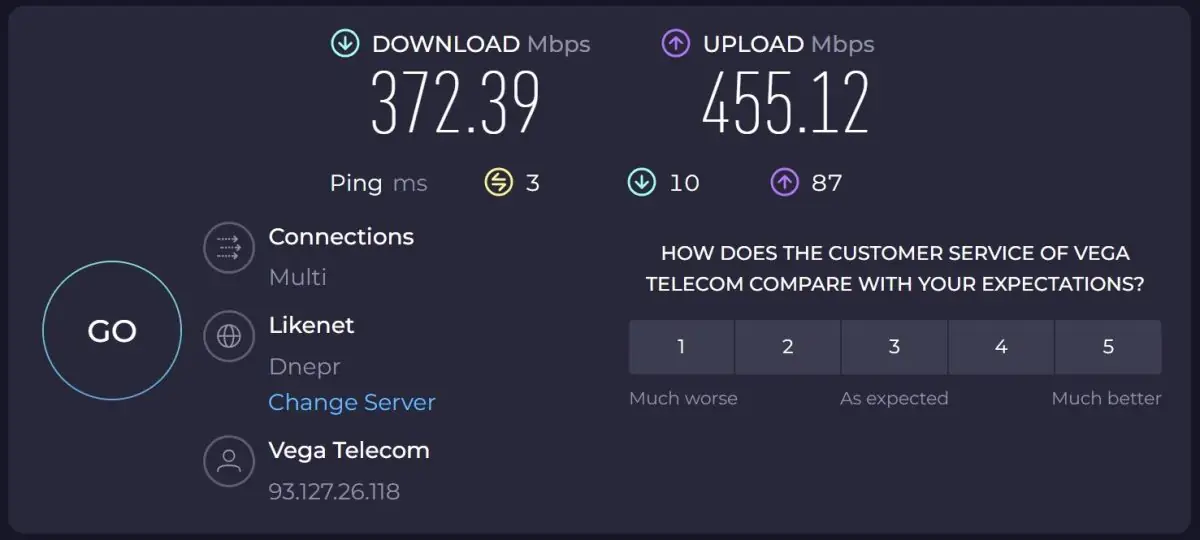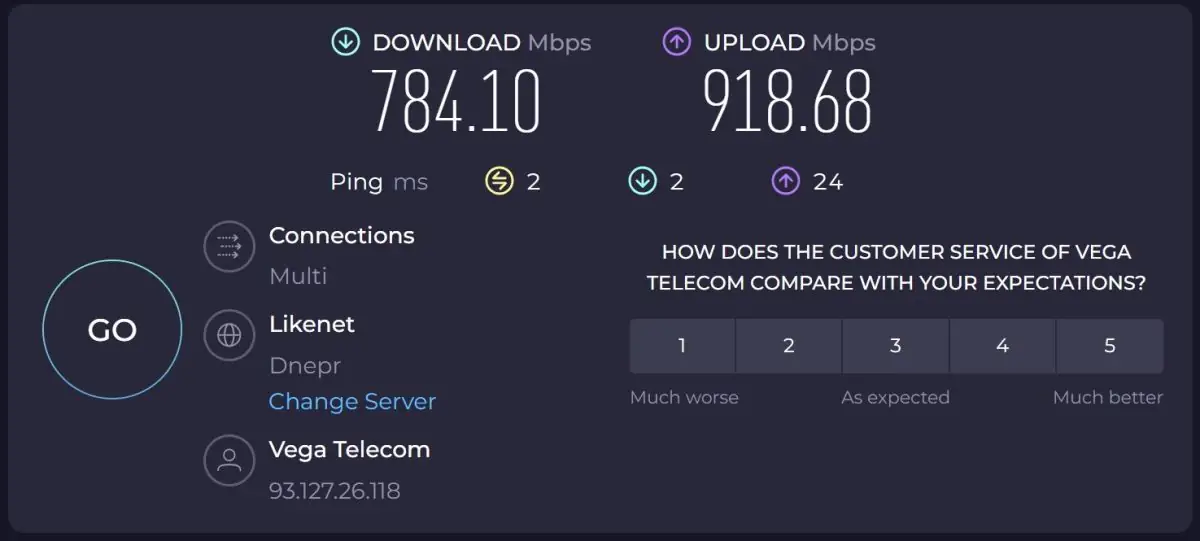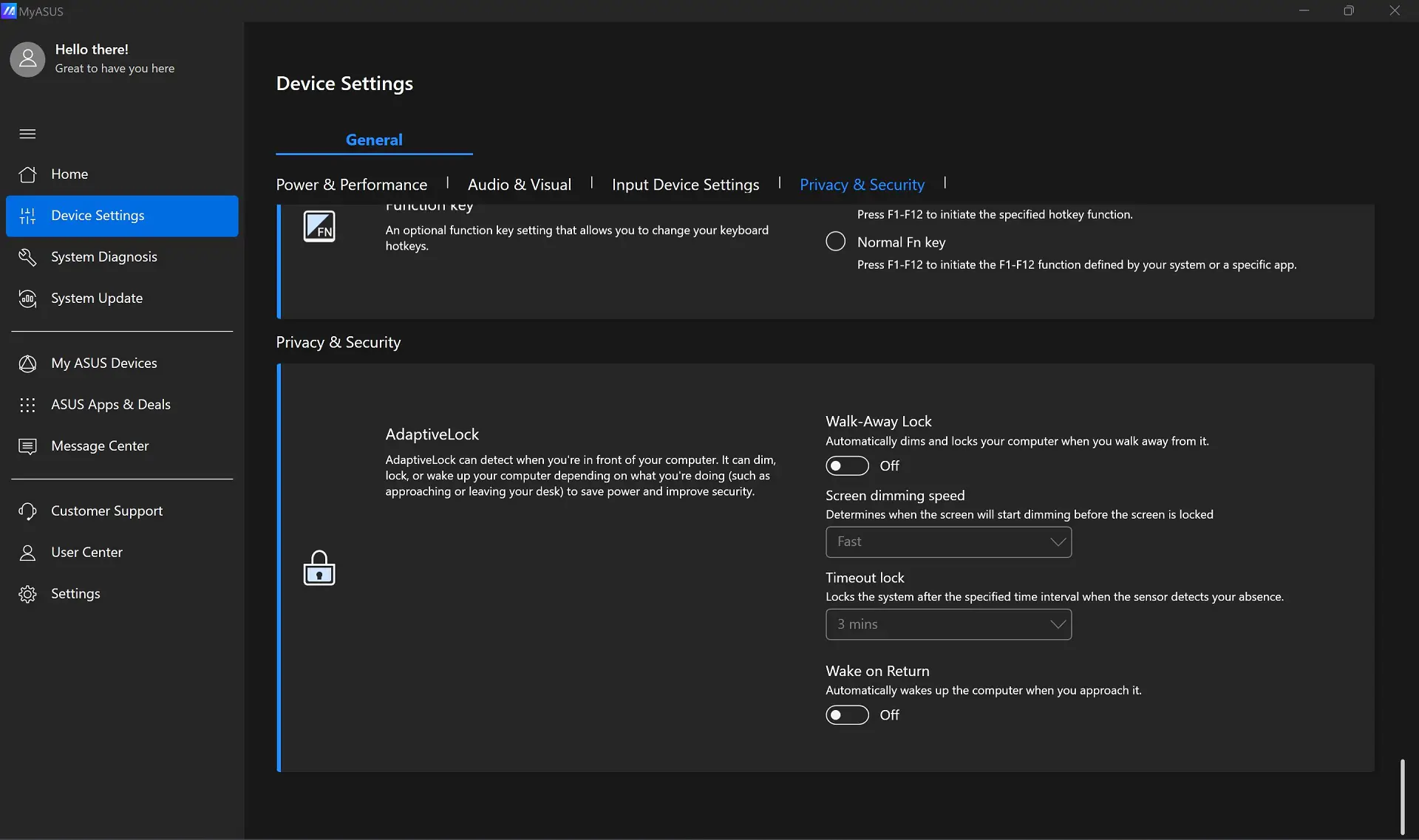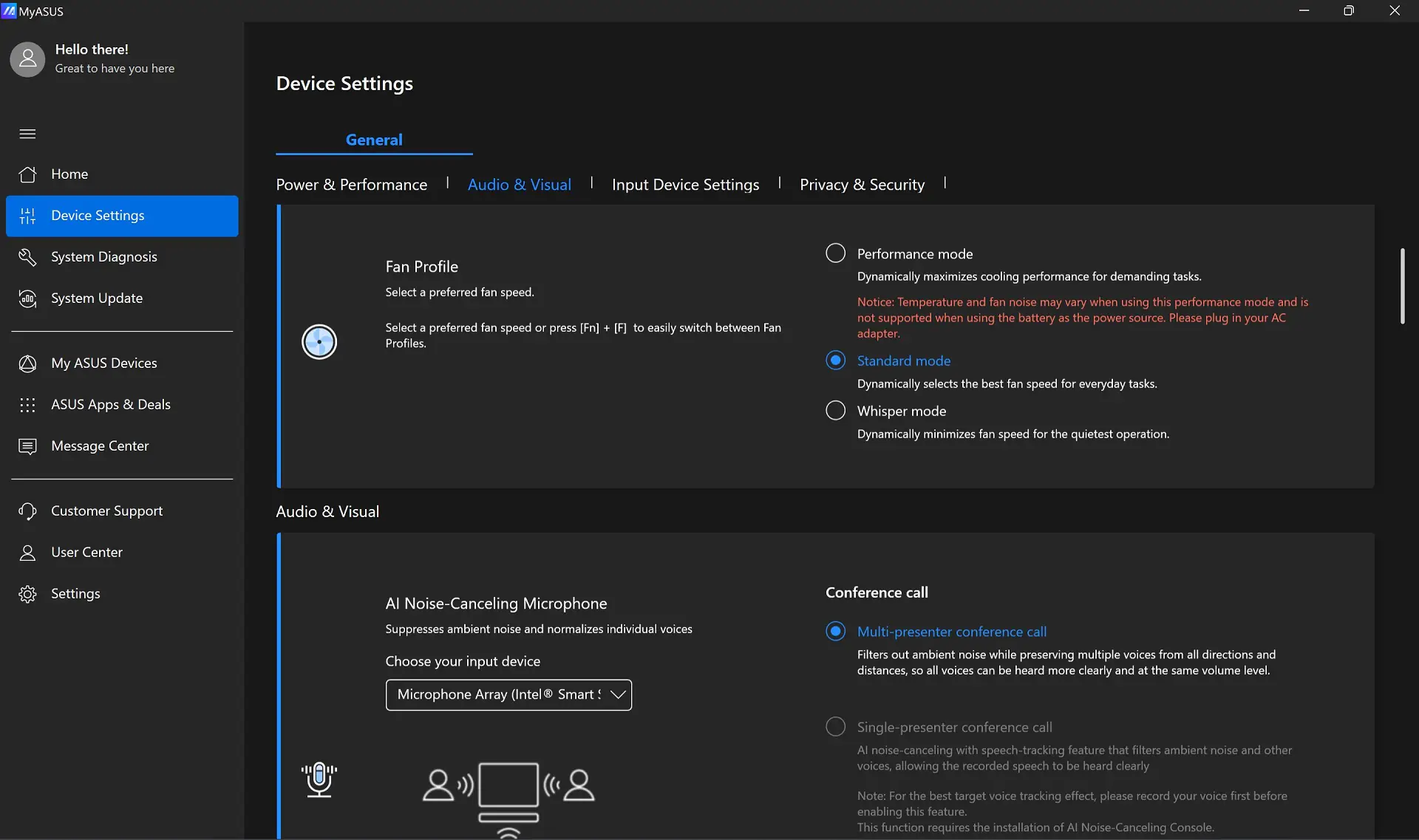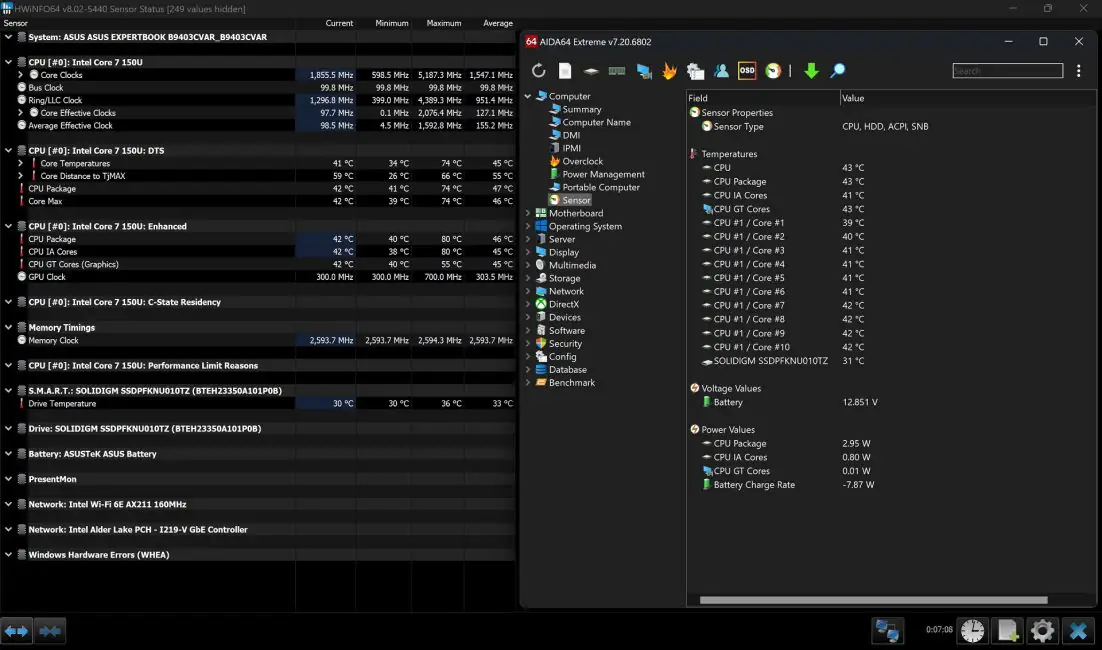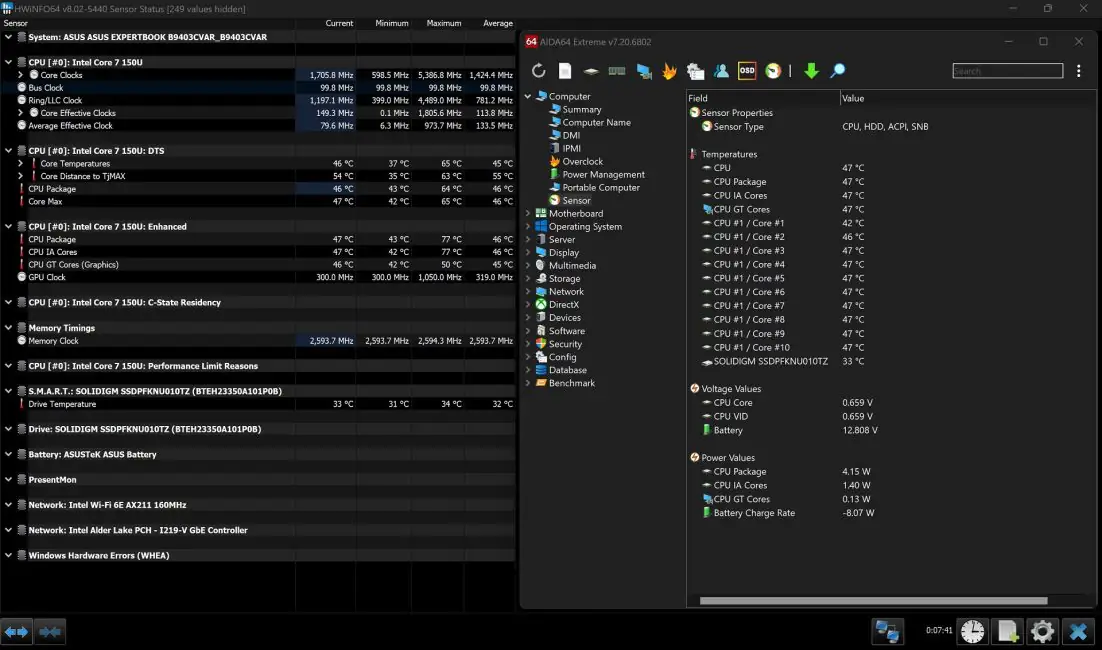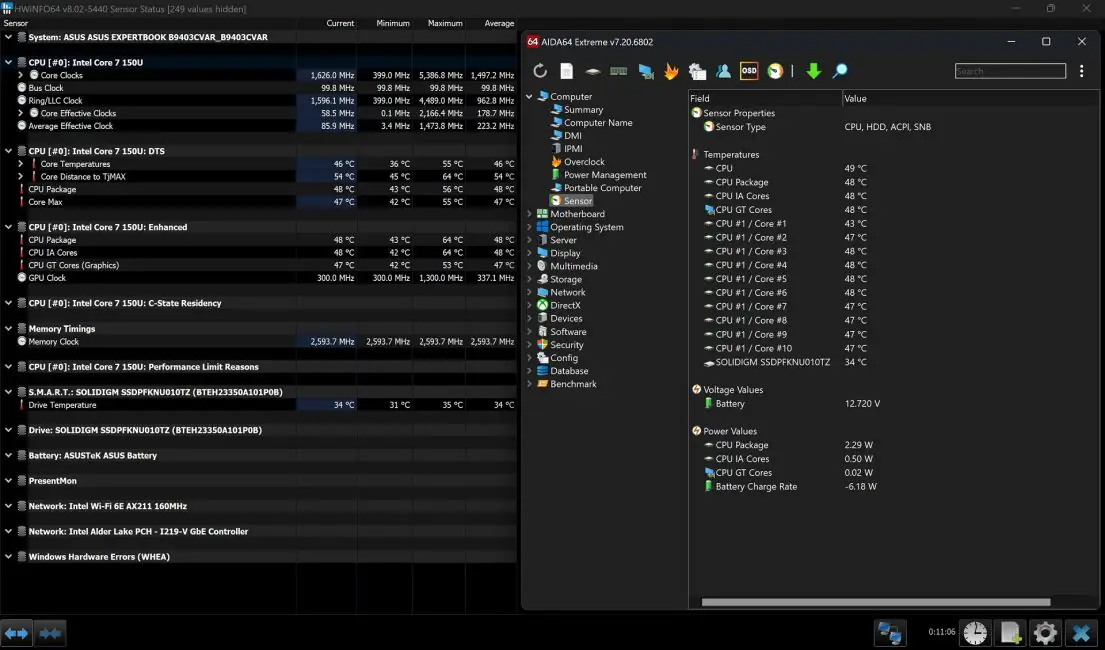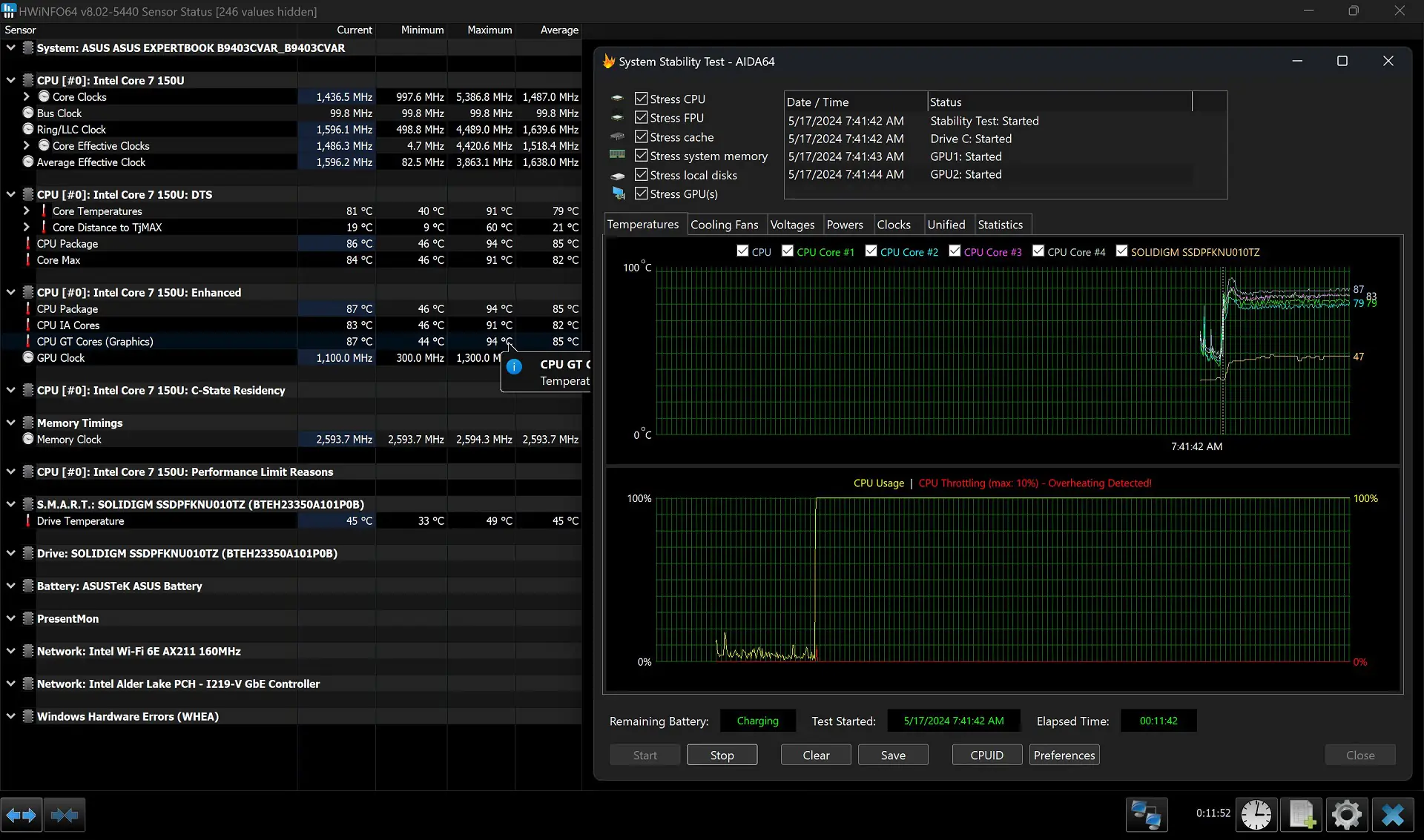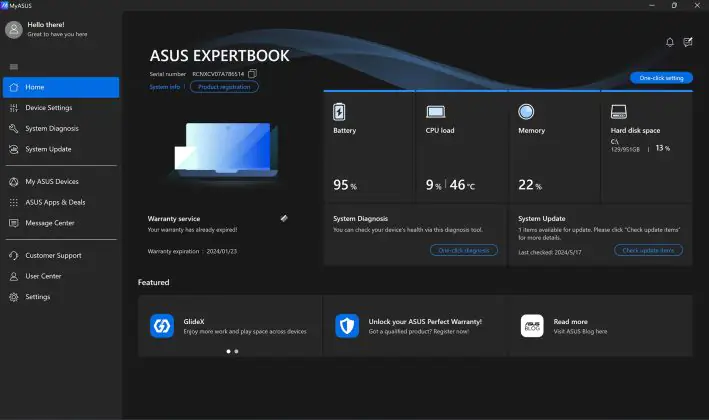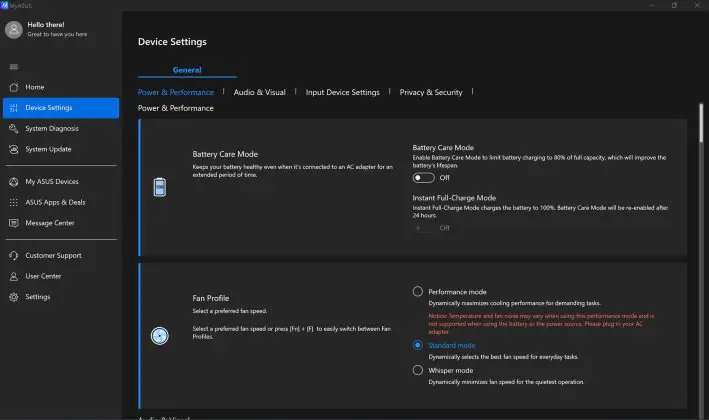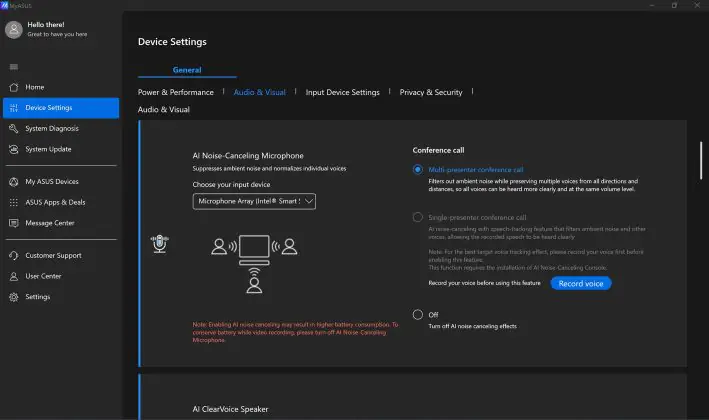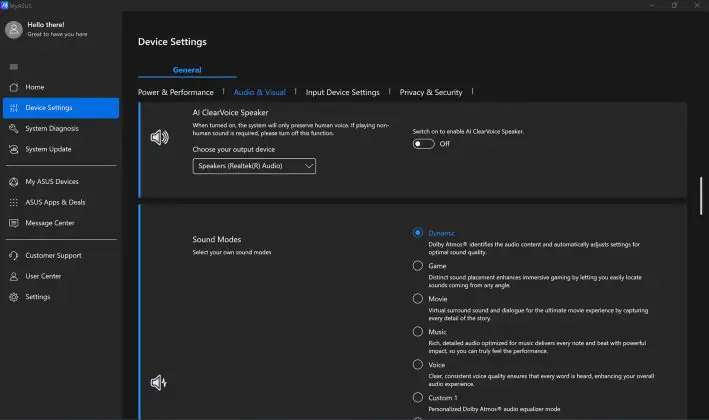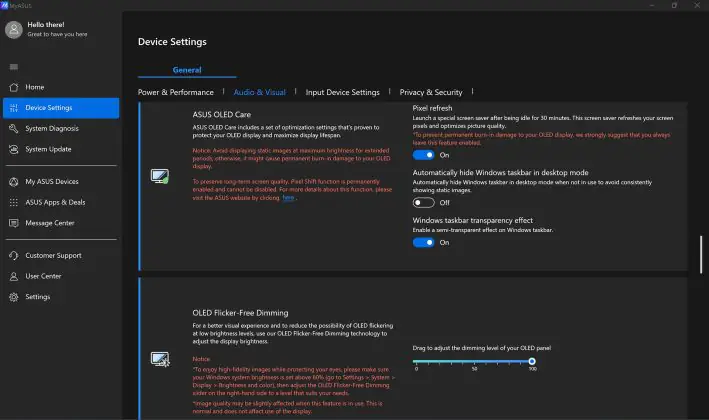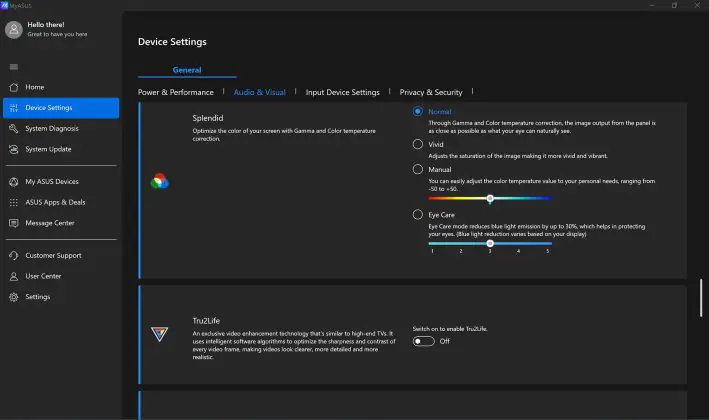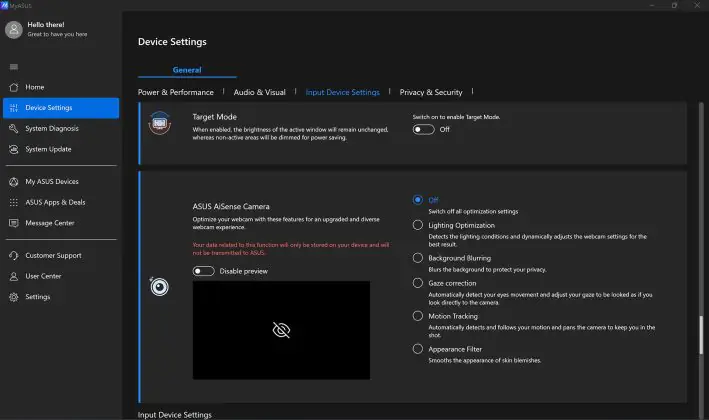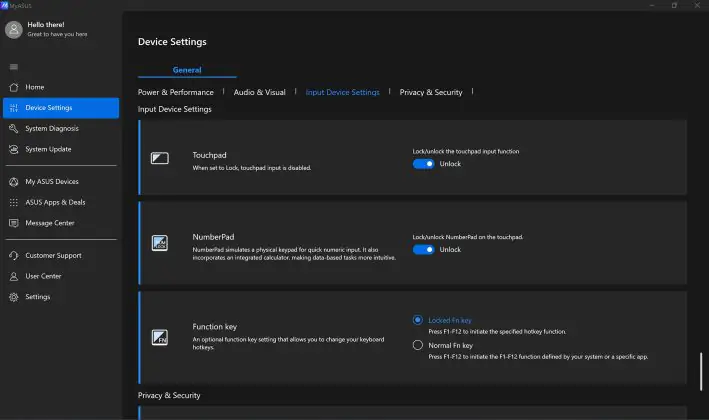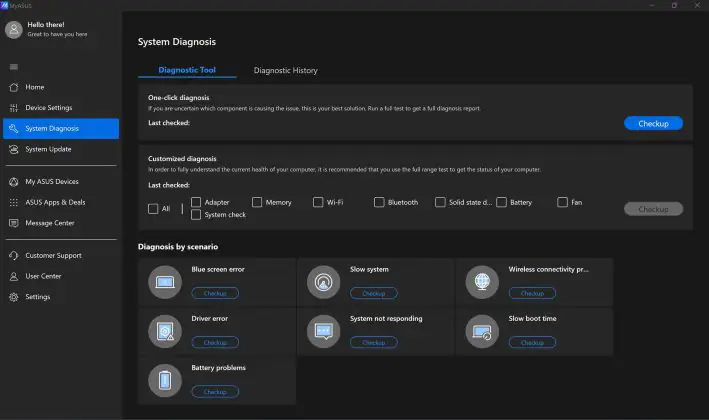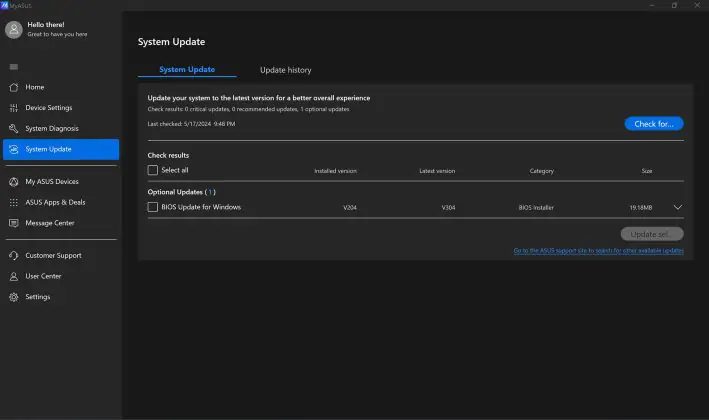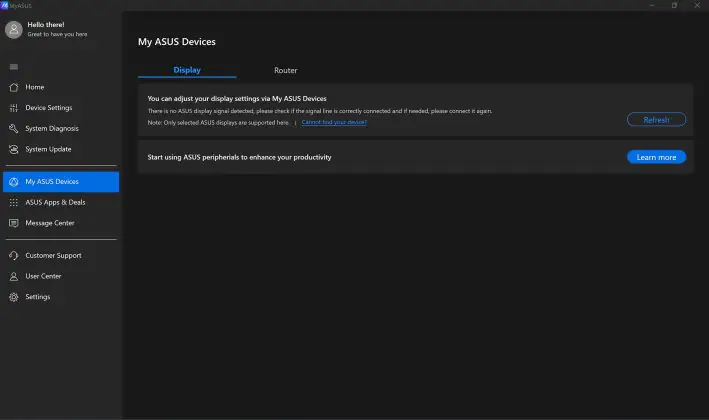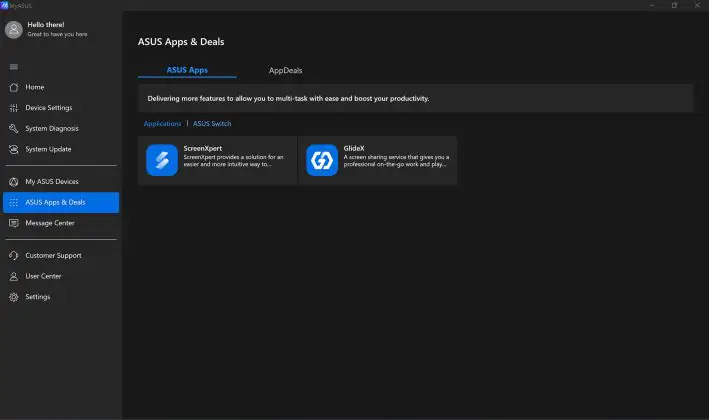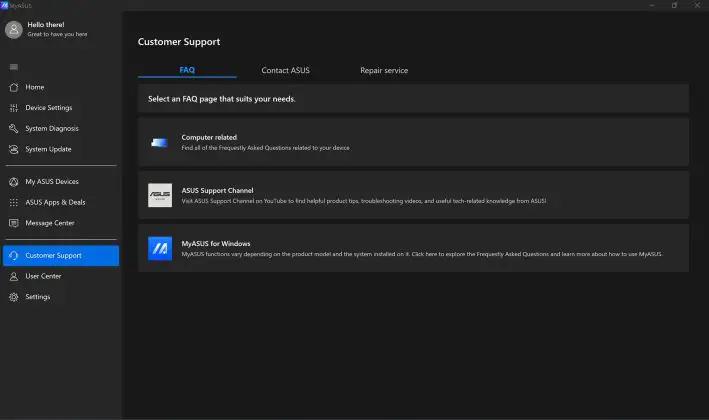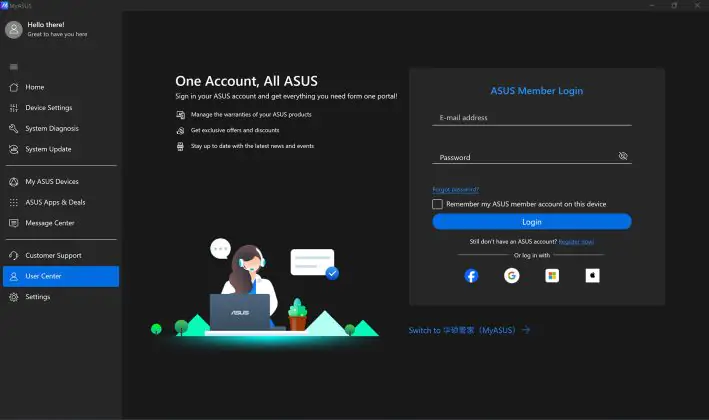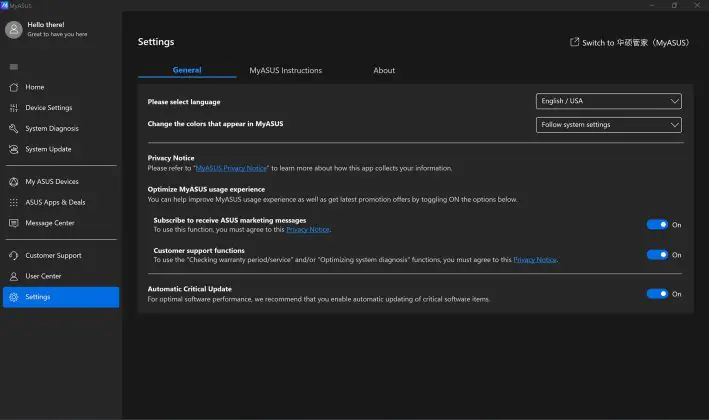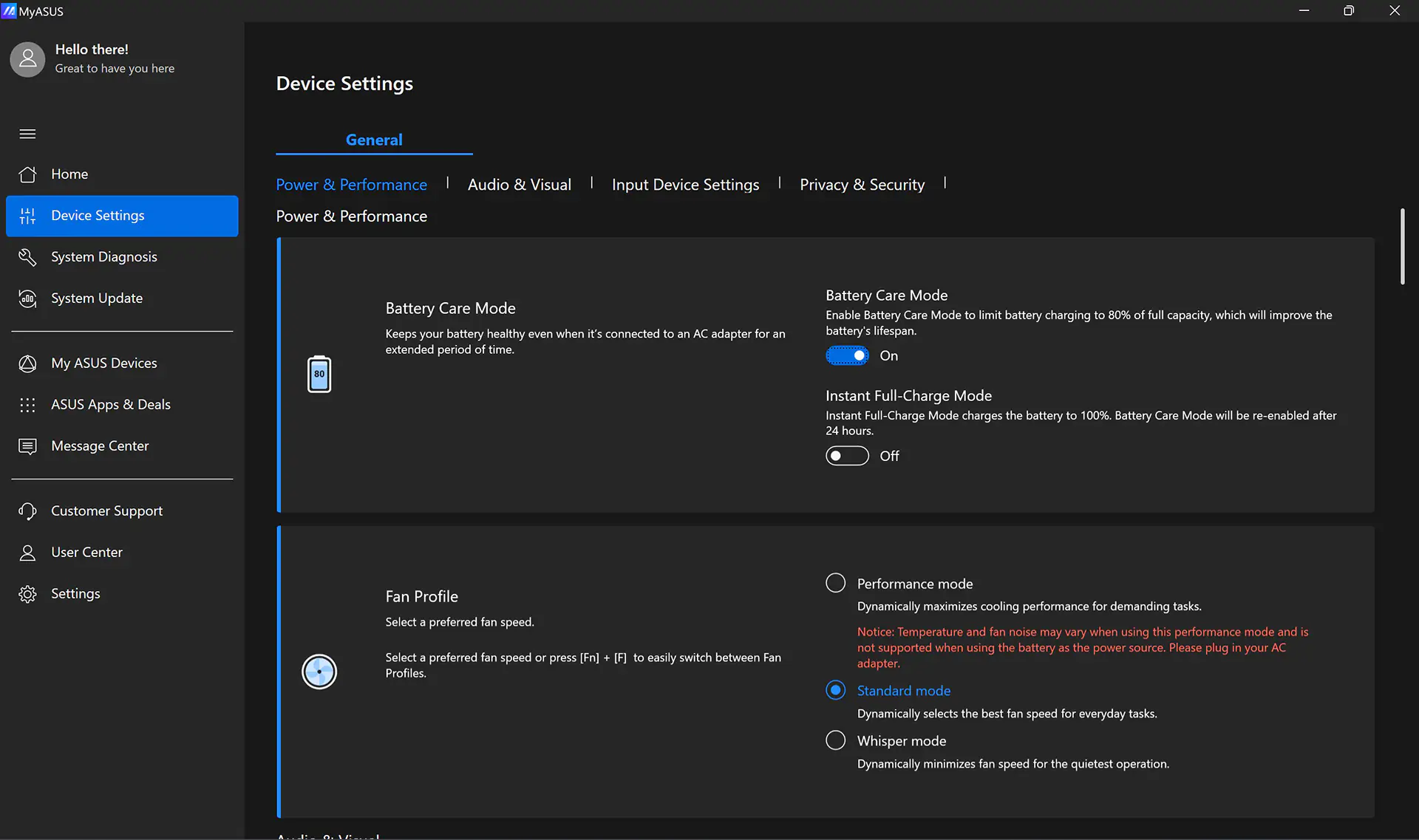© ROOT-NATION.com - Use of content is permitted with a backlink.
Last year, I already told you about the ASUS ExpertBook B9 ultrabook. Today, I have one of its new modifications on review – the ASUS ExpertBook B9 OLED B9403CVAR. This ultrabook also belongs to the ExpertBook Premium lineup—premium ultra-light devices for business with top-notch configurations and a rugged military-standard construction. Spoiler alert: it’s the perfect choice for people who are constantly on the move. Business trips, conferences, work travels, and the like. The laptop is ultra-light and compact, weighing just 990 grams, featuring a stylish premium design, good performance, and a stunning OLED display. Additionally, it focuses on privacy, information security, and includes proprietary technologies to enhance video communication quality, such as intelligent noise cancellation for the microphone and AI-enhanced video from the webcam. I’ll tell you more about what makes the ASUS ExpertBook B9 OLED B9403CVAR interesting in this review.
Technical characteristics
- Model: B9403CVAR
- Processor: Intel Core 7 150U (Raptor Lake-U Refresh, 10 cores, 12 threads, base clock speed 1.8 GHz, maximum Turbo Boost clock speed 5.4 GHz, 12MB Level 3 cache, 10 nanometer process, TDP 12-15W, maximum Turbo Boost TDP 55W, Intel Iris Xe Graphics 96EU integrated graphics)
- RAM: 32GB LPDDR5; Micron; operating timings 60-48-48-112-CR1
- Storage: 1TB; M.2 2280 NVMe NVMe SSD PCIe 4.0; model Solidigm P41 Plus (SSDPFKNU010TZ)
- Display: 14″; OLED; glossy; WQXGA+ (2880×1800) resolution; 16:10 aspect ratio; 90Hz refresh rate; 400 cd/m² brightness; sRGB 100% color gamut; 90% screen-to-body ratio
- Audio: speakers with Dolby Atmos and Smart Amp support; microphone array with Cortana and Smart Noise Cancellation support
- Camera: 1080p; with Windows Hello
- Keyboard and touchpad: Backlit rubber waterproof keyboard; 1.5mm key stroke; touch-sensitive NumPad (touchpad-activated)
- Ports: 1×USB 3.2 Gen 2 Type-A; 2×Thunderbolt 4 with DisplayPort and Power Delivery support; 1×micro HDMI (RJ45 LAN); 1×HDMI 2.1 TMDS; 1×3.5mm combo audio jack
- Network and Communications: Wi-Fi 6E (802.11ax); Bluetooth 5.3
- Battery: 3-cell 63Wh Li-ion battery
Power supply: 65W Type-C adapter (20V DC, 3.25A, 65W output power; 100~240V AC 50/60Hz input power) - Security and Privacy: User password protection; BIOS-level Computrace support; Trusted Platform Module (TPM) 2.0; IR webcam with Windows Hello support; fingerprint scanner; Kensington Nano Security Slot (6×2.5mm)
- Firmware: MyASUS
- Protection Classification: US MIL-STD 810H Military-Grade Standard
- Eco-labeling and Standards: TCO Certified; EPEAT Gold; Energy star 8.0; FSC Mix; RoHS; REACH
- Dimensions: 311.0×215.0×15.7 mm
- Weight: 0.99 kg
- Package: notebook, power supply, micro HDMI to RJ45 Gigabit Ethernet adapter
Positioning and price
There are three ExpertBook lines: Premium, Advanced, and Essential. All of them are positioned as premium business laptops designed with a focus on compactness, performance, battery life, and robust construction. The Essential series is more affordable. The Advanced series is a balanced option with an emphasis on performance and mobility. The Premium series consists of top-tier laptops, with a primary focus on compactness, battery life, and military-standard durability. The model under review, the ExpertBook B9403CVAR, belongs to the Premium line. The main target audience is the corporate segment, although this model can be confidently recommended to anyone who isn’t tied to a desk and spends most of their time on the move.
The exact price of the ExpertBook B9403CVAR model is not known yet. The device is not even on sale yet. The tentative start of sales is scheduled for the fall of this year. But if you think about it this way, the B9403CVAR is very similar to the B9403CVA model in terms of hardware and characteristics. What to say, they are identical in many parameters. The price of the B9403CVA now in the official ASUS store is $1736 / €1597. It is likely that the price of the new model (B9403CVAR) will be plus or minus the same.
Package contents
Like the previous models, the laptop comes in a simple cardboard box. Inside this box, there are two branded boxes. The smaller box contains the power adapter and a micro HDMI to RJ45 LAN adapter, while the larger box contains the laptop.
By the way, the smaller box can be transformed into a makeshift laptop stand. There’s a simple instruction on the box showing how to do it.
As for the package itself, it is minimal. In the kit comes only:
- notebook
- power supply unit
- micro HDMI to RJ45 Gigabit Ethernet adapter
According to the official ASUS website, the package may also optionally include a laptop sleeve.
Design, ergonomics, build
Externally, the model doesn’t differ much from other representatives of its lineup. It’s ultra-light, ultra-thin, and incredibly compact. The only available color is black, which is listed as “Star Black” on the official website. However, if you look closely, you’ll see that the device’s color is actually closer to dark blue with shimmering specks.
The chassis, like all models in the ExpertBook Premium lineup, is made from a magnesium-lithium alloy, making the laptop very light and durable. The official specifications mention the military standard US MIL-STD 810H. This standard includes a series of endurance tests: drops, humidity, dust, and temperature extremes. The laptop also features reinforced ports and special dampers to prevent damage to internal components. Additionally, the ExpertBook is manufactured using an environmentally friendly semi-solid casting technology called Thixomolding. According to ASUS, this reduces the amount of necessary materials by 29% and cuts production time by 75%.
All surfaces are matte, so they don’t retain fingerprints. The device weighs just 0.99 kg. In terms of size, it’s slightly larger than a standard A4 sheet, measuring 311×215 mm.
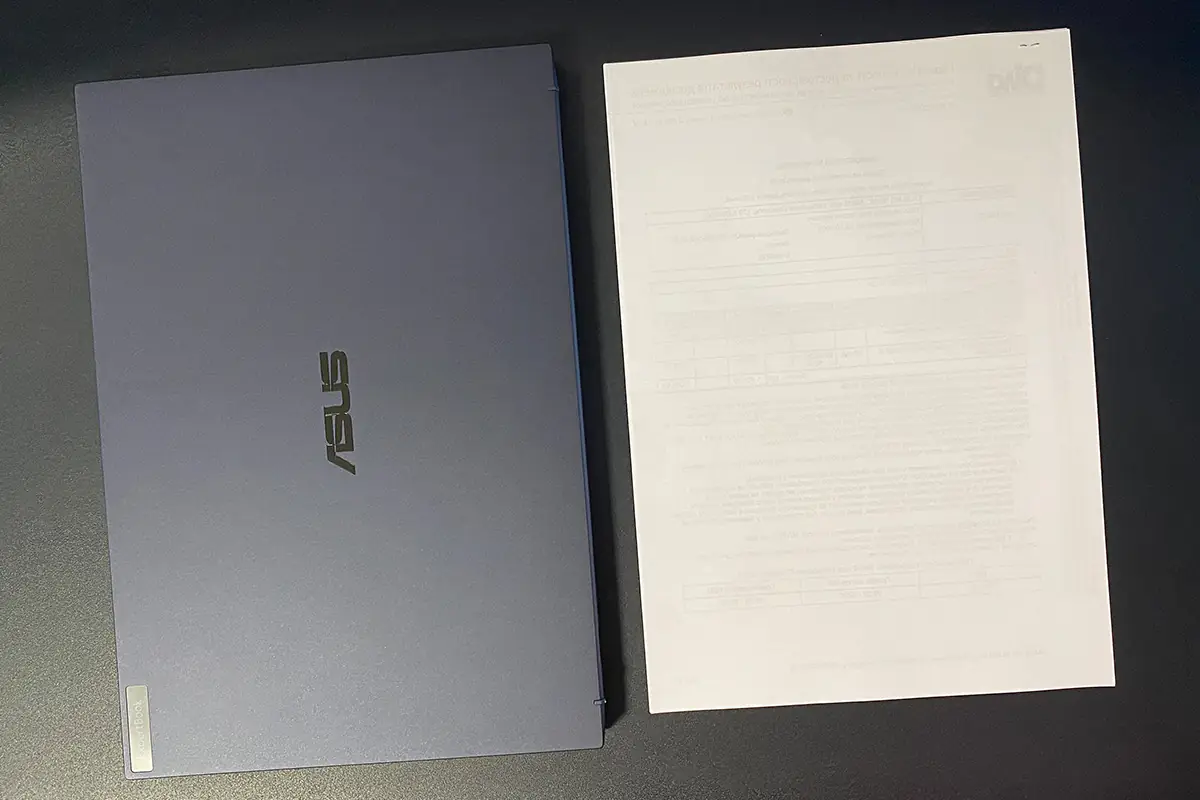 On the top cover of the laptop, you’ll find the ASUS logo and the ExpertBook series designation. On the bottom, there are four rubberized feet and a grille in the chassis, positioned directly above the cooling system.
On the top cover of the laptop, you’ll find the ASUS logo and the ExpertBook series designation. On the bottom, there are four rubberized feet and a grille in the chassis, positioned directly above the cooling system.
On the right side, you’ll find the power button, which includes a fingerprint scanner, and a USB-A 3.2 Gen 2 port. On the left side, all the main ports are located: HDMI 2.1, two Thunderbolt 4 ports with DisplayPort and Power Delivery support, micro HDMI (RJ45 LAN), a combo audio jack (3.5mm), and a Kensington lock slot.
When folded, the laptop is very thin, measuring just 15.7 mm, roughly the width of an index finger.
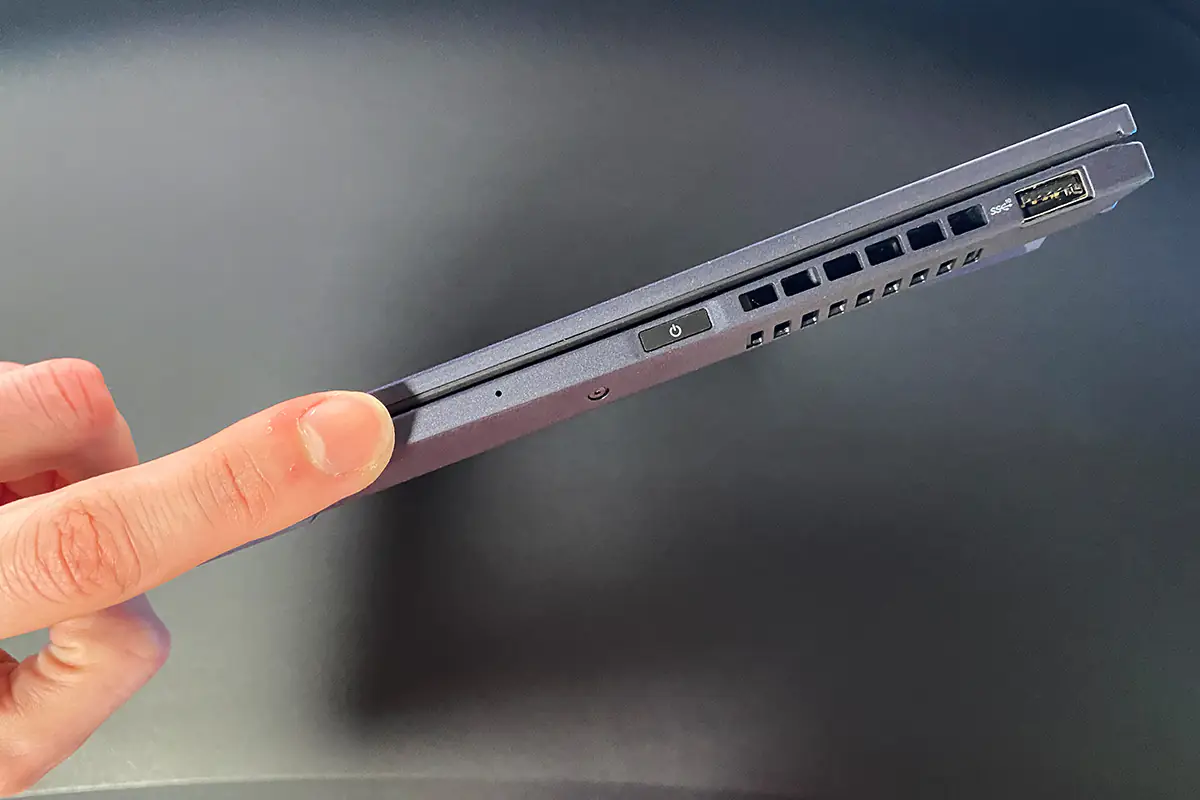 The laptop opens easily, passing the “MacBook test” (lifting the lid with one finger while the base remains stationary) without any issues. The display can be unfolded up to 180 degrees. The hinges are excellent – the display stays firm in any position, without wobbling or shaking. Opening and closing are smooth and easy, with a gentle glide.
The laptop opens easily, passing the “MacBook test” (lifting the lid with one finger while the base remains stationary) without any issues. The display can be unfolded up to 180 degrees. The hinges are excellent – the display stays firm in any position, without wobbling or shaking. Opening and closing are smooth and easy, with a gentle glide.
The laptop features a 14-inch OLED display with very thin bezels. At the top, there is a camera that can be covered with a shutter, two microphones, an infrared camera, a light sensor, and a proximity sensor. The light sensor allows the laptop to automatically adjust the screen brightness based on the surroundings. The proximity sensor enables the AdaptiveLock feature, which automatically lowers the brightness and locks the laptop when you move away from it.
At the bottom, you’ll find a standard keyboard and a large touchpad. Here, you’ll also notice the neat ASUS ExpertBook, Dolby Atmos, and NFC labels.
The build quality is excellent, the materials feel very pleasant to the touch, and the fit of all elements is perfect. In terms of ergonomics, everything is also great. In terms of design, I only noted one minor downside – the presence of only one USB-A port. It’s not very convenient when you need to connect a wireless mouse and a flash drive or removable SSD at the same time. Otherwise, the design of the ExpertBook B9403CVAR is perfect.
Read also:
- ASUS Zenbook DUO (2024) UX8406 Review: Two Displays – Double Pleasure
- ASUS VU249CFE-B Monitor Review
Keyboard and touchpad
The laptop features a full-size keyboard without a numeric keypad with a standard ANSI layout. The shift keys are elongated, the Enter key is single-row, and the F1-F12 keys are in their usual positions. The Home, End, PgUp, and PgDn keys are placed above the arrow keys. The arrow keys themselves are slightly reduced in size to save space. The size of the other keys is standard, so there shouldn’t be much of a learning curve with the keyboard. According to ASUS, the keyboard is spill-resistant, meaning it can withstand spilled liquids.
The keyboard has a simple white backlighting, which is sufficient for illuminating the keys in the dark. It can be activated by pressing Ctrl+F7, but there is no brightness adjustment available.
The keys are soft to press, and each keystroke is distinctly felt. According to the official specifications, the keys have a 1.5mm travel distance. Typing text and working on the keyboard, in general, is comfortable and enjoyable. The only exception might be the arrow keys, which may feel a bit unusual to use initially due to their reduced size. However, you get used to them over time.
 The touchpad is large, with good responsiveness. It responds promptly to all taps, swipes, and presses without any issues. The left and right mouse buttons press softly, and the clicks are clear and well felt tactilely. The touchpad allows you to activate the virtual numeric keypad (NumPad), which is physically absent. This can be done by holding down the corresponding icon in the top right corner. NFC on the touchpad is used as one of the possible authentication methods.
The touchpad is large, with good responsiveness. It responds promptly to all taps, swipes, and presses without any issues. The left and right mouse buttons press softly, and the clicks are clear and well felt tactilely. The touchpad allows you to activate the virtual numeric keypad (NumPad), which is physically absent. This can be done by holding down the corresponding icon in the top right corner. NFC on the touchpad is used as one of the possible authentication methods.
Display
The laptop features a 14-inch glossy OLED display with a WQXGA+ resolution of 2880×1800 and a refresh rate of 90 Hz. The advertised brightness is 400 cd/m², with a color gamut of 100% sRGB. The official website also specifies that the screen is Pantone Validated certified.
 And since this is OLED, the MyASUS app offers a range of settings to extend its lifespan: screensaver, pixel shift, taskbar hiding, transparency, dimming of inactive windows, and more. For users sensitive to OLED screens, there’s support for DC Dimming to eliminate flickering. In my opinion, the display is one of the main highlights of the ExpertBook B9403CVAR because it’s simply gorgeous.
And since this is OLED, the MyASUS app offers a range of settings to extend its lifespan: screensaver, pixel shift, taskbar hiding, transparency, dimming of inactive windows, and more. For users sensitive to OLED screens, there’s support for DC Dimming to eliminate flickering. In my opinion, the display is one of the main highlights of the ExpertBook B9403CVAR because it’s simply gorgeous.
The screen displays bright, vivid, and saturated colors. Black looks excellent, with a sense of depth. The contrast and brightness are also excellent. The sharpness is top-notch. Overall, the picture is very pleasant, vibrant, and clear. This is noticeable even when working with regular Google Docs and spreadsheets. But the display truly shines when viewing media content. Watching various videos and movies on the laptop is a real pleasure.
In the MyASUS app, you can further customize color reproduction. Here, you’ll find ASUS’s proprietary Splendid Video Enhancement technology with various modes and Tru2Life video enhancement technology. There’s also an Eye Care mode to protect your eyes from blue light, which can also be customized to your preferences.
The display offers exceptionally wide viewing angles. The picture remains clear and readable from any angle, with no color, contrast, or brightness distortions.
Purely based on visual feedback, the display response is quite good. Page scrolling is smooth, considering the display’s 90 Hz refresh rate. The official specifications don’t mention the display response time, but we can test it ourselves. Using the TFT Monitor Test program, the average response time is shown to be 11 ms, which is fairly decent. Nonetheless, I haven’t noticed any defects or image artifacts during my entire time using it.
Summing up, I can only reiterate what I said at the very beginning: the display is remarkable. It’s comfortable and enjoyable not only for work but also for watching movies and videos. Overall, it would even serve well for gaming, but since the laptop isn’t designed for gaming, we won’t consider that aspect.
Hardware and performance
The laptop is equipped quite well: a new Intel Core i7-1150U processor, 32GB of LPDDR5 RAM, and a 1TB M.2 NVMe SSD. There’s no discrete graphics card; instead, it relies on integrated graphics in the form of Intel Iris Xe Graphics with 96 Execution Units. Let’s take a closer look at each component and run a few performance tests.
Processor
The laptop is powered by the Intel Core i7-1150U processor. It’s a new mobile processor from Intel designed for the BGA-1744 socket, released in January 2024. It features 10 cores and 12 threads, with a base clock speed of 1.8 GHz and a maximum turbo boost clock speed of 5.4 GHz. The processor has a 12 MB L3 cache and is manufactured using a 10-nanometer process. The minimum base TDP is 12-15 watts, with a maximum TDP of 55 watts in turbo boost mode. It includes integrated graphics in the form of Intel Iris Xe Graphics with 96 Execution Units.
This processor is designed for office systems and tasks corresponding to such systems. Below are the results of tests with: Cinebench R15, Cinebench R20, Cinebench R23, Perfomance Test CPU Mark, Blender CPU Benchmark, Geekbench 6, V-Ray Benchmark, AIDA64 Extreme (FPU Julia, CPU SHA3, CPU Queen, FPU SinJulia, FPU Mandel, CPU AES, CPU ZLilb, FP32 Ray-Trace, FP64 Ray-Trace, CPU PhotoWorxx).
Cinebench R15, R20, R23 test results:
Performance Test CPU Mark test results:
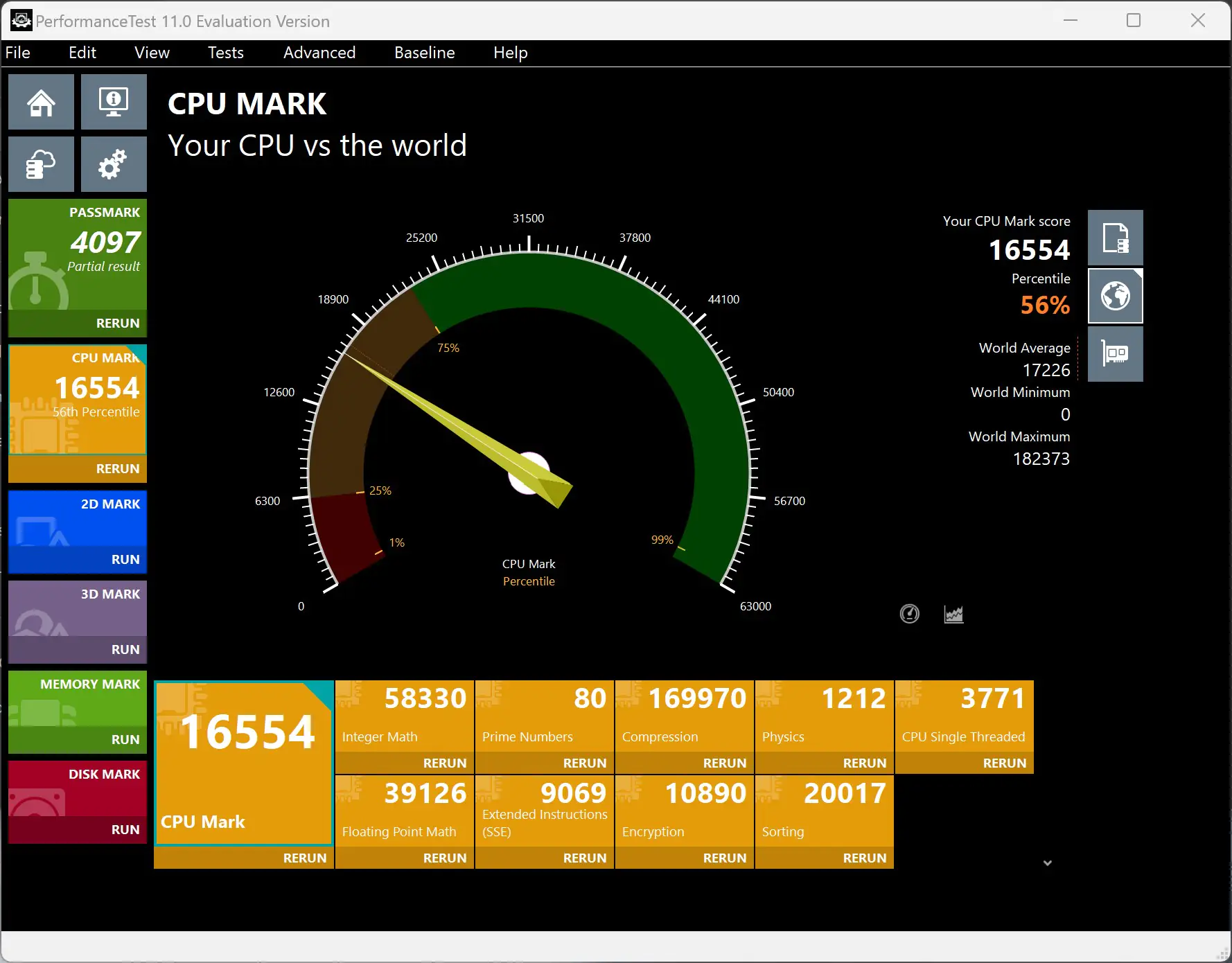
Blender CPU Benchmark test results:
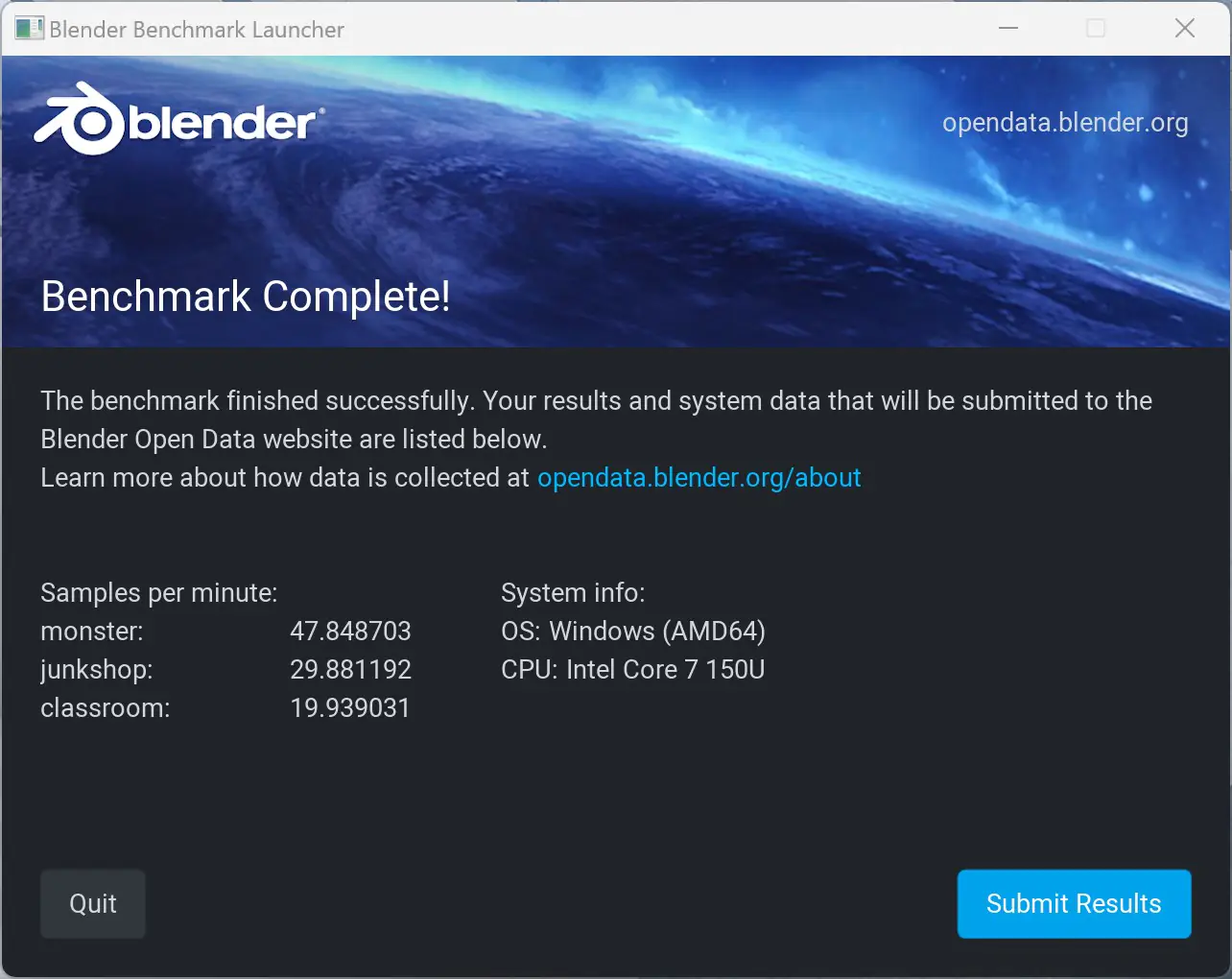
Geekbench 6 test results:
V-Ray Benchmark test results:
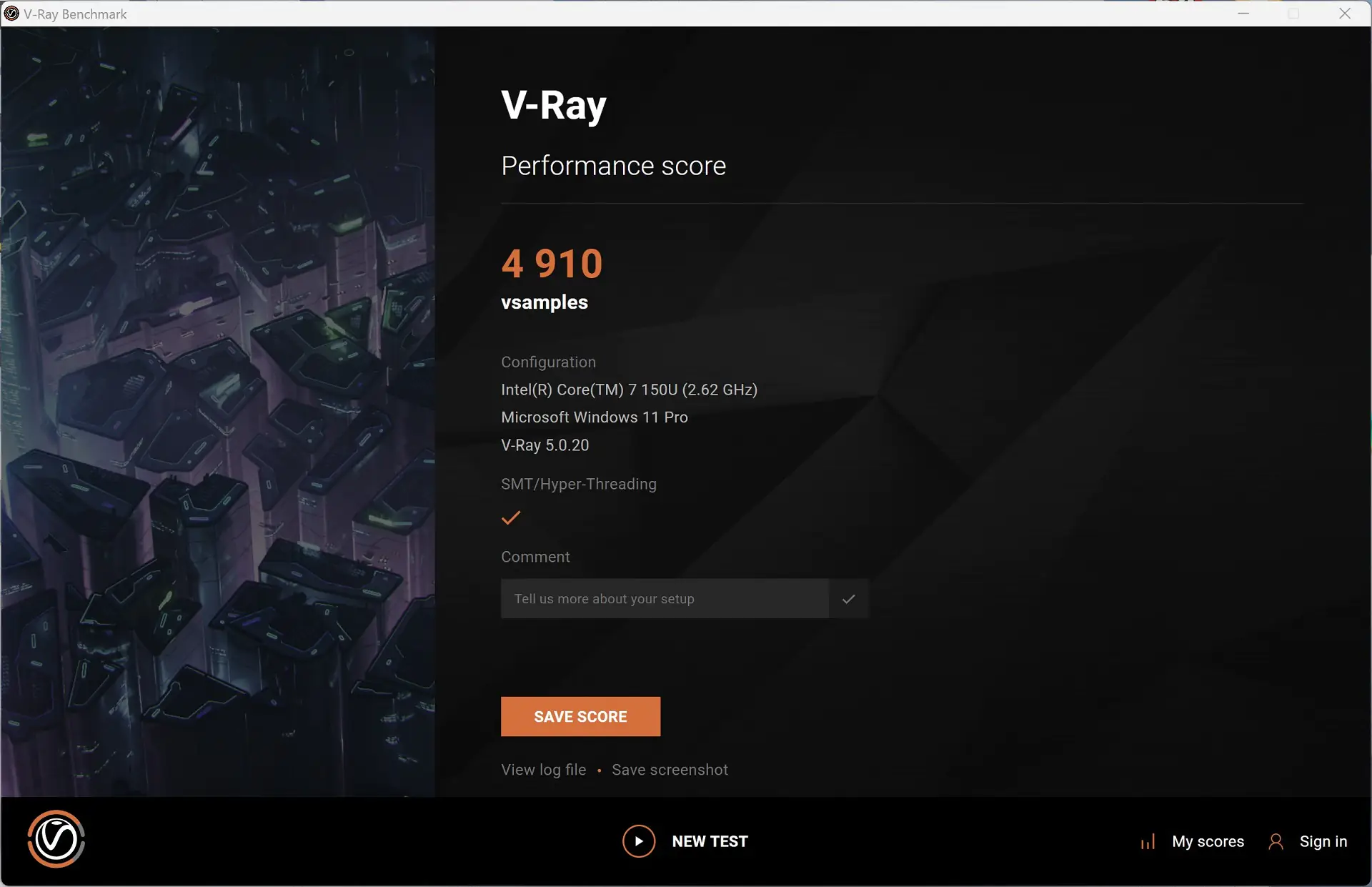
AIDA64 Extreme test results:
Graphics
As mentioned earlier, the laptop does not have a discrete graphics card. The integrated graphics processing unit (iGPU) responsible for video is the Intel Iris Xe Graphics 96EU. It’s worth noting that this iGPU is not suitable for modern games or demanding tasks that require a powerful graphics card. For example, in a previous review, I attempted to run CS:GO with this graphics solution, and the performance was subpar. On medium settings at a resolution of 1680×1050, the game yielded 50-120 frames per second (FPS) on the Train map. However, the gameplay was marred by unpleasant freezes during camera rotations. On the Dust 2 map, the FPS counter dropped to around 30-55 frames, making it less playable. As you can see, the graphics performance is weak for gaming, but it suffices for basic office tasks. For the sake of curiosity, let’s run a couple of tests: 3DMark, Performance Test 3D Graphics Mark, Geekbench 6 Benchmark, and V-Ray Benchmark.
3DMark test results:
Performance Test 3D Graphics Mark test results:
Geekbench 6 GPU Benchmark test results:
V-Ray GPU Benchmark test results:
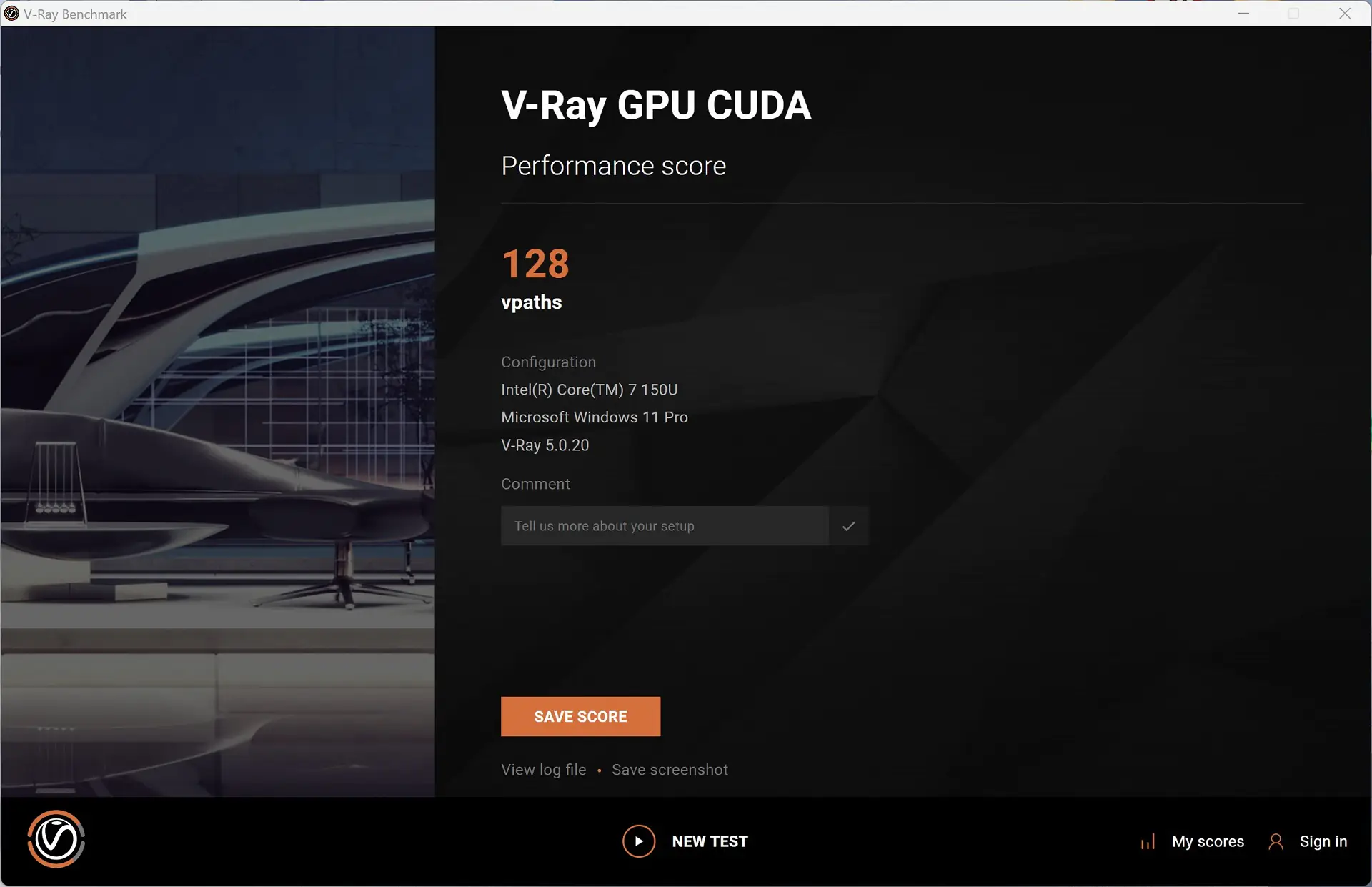
RAM
The laptop is equipped with 32 GB of LPDDR5 memory. The memory is composed of 8 Micron chips, each with a capacity of 4 GB. The operational timings are as follows: 60-48-48-112-CR1.
To test the memory, let’s run the standard set of built-in benchmarks from AIDA64 Extreme: read, write, copy, latency.
Storage
The laptop uses a 1TB M.2 2280 NVMe SSD PCIe 4.0 storage drive. The exact model is the Solidigm P41 Plus (SSDPFKNU010TZ). Below are the tests for the storage drive conducted with CrystalDiskMark (Default and NVMe SSD modes), ASS SSD Benchmark, and 3DMark.
Visually, the storage drive performs quite well. However, the tests indicate that the drive in the B9403CVA model was faster. By the way, it used a Micron 3400 MTFDKBA2T0TFH 2TB drive. You can view and compare its test results via the link provided.
Overall Performance Tests
To wrap up, I’ll add a few more general tests where components are tested together. Here, we’ll use AIDA64 Cache & Memory Benchmark, PCMark 10, CrossMark, and Performance Test.
Summing up, it can be said that the laptop’s performance is at a good level. In typical office tasks, and overall, the laptop is quite fast. Essentially, it handles its main purposes excellently.
Read also:
- ASUS ZenBeam L2 Portable Projector Review
- How to Choose a NVIDIA 40-Based Graphics Card (Using ASUS as an Example)
Sound
The audio in the ExpertBook B9403CVAR is standard – two small speakers located on both sides of the laptop. It supports Dolby Atmos and Smart Amp. The speakers are loud and clear. Dolby Atmos demo clips demonstrate immersive spatial sound well. Watching videos and movies with sound from the speakers is quite comfortable. The sound is not flat, although it may not be ideal for listening to music extensively. The audio lacks a bit of bass, which is typical for laptops. Overall, the sound quality is really good.
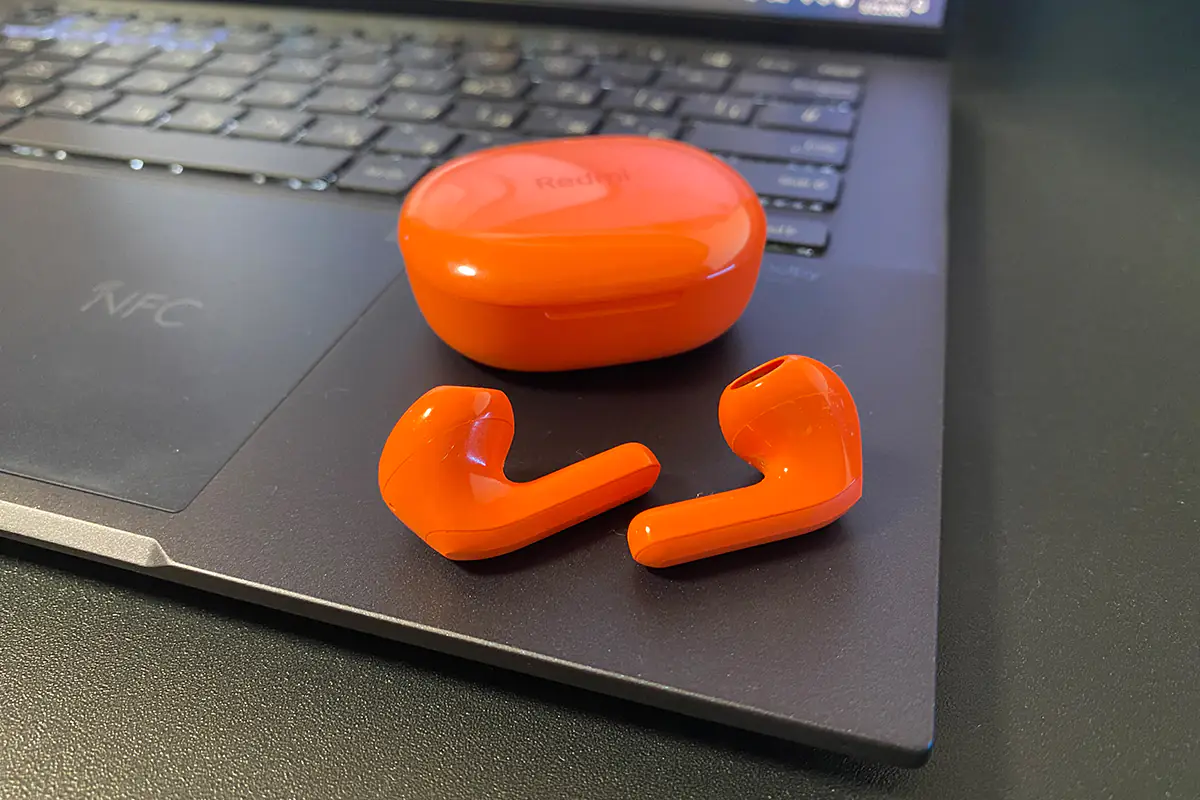 In the MyASUS app, you can customize the sound according to your preferences. You can choose one of 5 preset profiles or create your own custom one using the equalizer.
In the MyASUS app, you can customize the sound according to your preferences. You can choose one of 5 preset profiles or create your own custom one using the equalizer.
Camera, microphone, video communication
In ExpertBook laptops, special attention has been given to the webcam and microphone. ASUS understands the target audience of these devices very well, so the aspect of video communication has been thoroughly considered.
The laptop features a standard 1080p camera for video calls. There’s an IR camera for logging in with Windows Hello. The regular camera can enhance video using AI algorithms. For example, it can center faces in the frame, focus on eyes, filter out various noises, and automatically adjust brightness depending on the surroundings.
The laptop is equipped not with just one microphone, but several for better voice quality. Additionally, it features intelligent noise-canceling technology that filters out background noises during calls or conferences.
Network and communications
For network connections, the laptop features Wi-Fi 6E and Bluetooth 5.3. Additionally, it comes with a micro HDMI to RJ45 LAN adapter, allowing you to connect a standard Ethernet cable. I haven’t encountered any issues with network connections during the entire testing period. Wi-Fi networks are detected quickly, internet connection speed is excellent, and there have been no problems with wireless devices either.
Security and privacy
Since the laptop is primarily targeted at the corporate segment, special attention has been paid to security and privacy. To protect personal data, the laptop includes: user password protection, Computrace feature at the BIOS level, Trusted Platform Module (TPM) version 2.0, BIOS settings password, Windows Hello IR camera, NFC module, Kensington Nano Security Slot. Additionally, there’s the AdaptiveLock feature, which can be enabled in the MyASUS application.
Cooling system and noise level
The laptop is equipped with a pair of fans for cooling, which support intelligent cooling function. The fan speeds can be manually adjusted. For this purpose, there’s a special menu in the MyASUS application with three modes available: quiet, balanced, and performance.
By default, the balanced cooling mode is selected. In the quiet and balanced modes, the fan operation is completely silent. Under load in the performance mode, you can hear a slight hum. However, the laptop still remains sufficiently quiet.
As for temperatures, in the quiet mode during simple office tasks, the maximum processor temperature does not exceed 80°C. In the balanced mode, it’s 77°C, and in the performance mode, it’s 64°C. The average temperatures in all modes are around 45 – 48°C.
For the sake of curiosity, let’s set the cooling mode to performance and run a brief stress test that will maximize the load on all components. The goal of the test is to determine the cooling system’s limits and assess the noise level. We’ll use the “System Stability Test” from AIDA64 Extreme as our stress test.
As we can see, the maximum recorded temperature of the processor reached 94°C, with an average temperature of 85°C. The temperatures of other components remained within normal ranges. According to the official specifications, the critical temperature for the Intel Core 7 150U is 100°C. From this, we can conclude that the cooling system performs admirably. By the way, the noise from the cooling system under maximum load is minimal, around 40-45 dB. I also didn’t notice significant heating of the laptop chassis. The bottom of the laptop was warm, and the keyboard was barely warm. And, I think it’s clear that in typical tasks, you won’t encounter such loads or temperatures, accordingly.
Read also:
- ASUS ROG Phone 8 and 8 Pro Gaming Smartphones Review: Hot and Fast!
- ASUS ZenScreen MB16AHG Portable Monitor Review
MyASUS application
In ExpertBook, the proprietary MyASUS application is used for more advanced settings and monitoring. In it, you can: obtain complete information about the system and its components, conduct diagnostics, adjust color reproduction and sound, change the fan speed, configure various webcam and microphone enhancements, enable and configure OLED panel preservation features, configure authentication options, and so on. The application is quite extensive, but it’s easy to navigate and find the necessary settings. I won’t go into detail here; it’s better to show everything it offers with the screenshots below.
Battery life
The laptop is equipped with a 3-cell Li-ion battery with a capacity of 63 Wh. The package includes a 65W Type-C adapter for charging. With the included adapter, the laptop charges in approximately 1 hour and 30 minutes.

In terms of battery life, a full charge lasts approximately 7.5 hours. Within 7 hours, the laptop’s battery depletes from 100% to 75%, triggering the eco-mode. In eco-mode, the laptop can run for an additional 30 minutes, with 5% battery remaining. It’s worth noting that during the entire 7-hour period, the laptop was actively used (writing texts, watching videos), not idle. The fan operation mode was set to balanced, and the screen brightness was at 75%. If desired, the battery life can be further extended by reducing the screen brightness or setting it to automatic adjustment. Additionally, setting the fan operation mode to quiet can help conserve battery power.
In my opinion, achieving 7 hours and 30 minutes of battery life is excellent and can be further extended. In conclusion, the battery life of the ExpertBook B9403CVAR is more than sufficient for a full workday without any issues.
By the way, there’s a special mode in MyASUS designed to extend the battery lifespan. When activated, this mode limits the charging capacity to 80%.
Summary
One could say that the new ASUS ExpertBook B9 OLED (B9403CVAR) has turned out well. Although, in essence, not much has changed compared to the B9403CVA model. The performance has improved slightly, except for the storage drive. Otherwise, it’s still the same laptop: ultrathin, ultralight, compact, with quality build, splendid display, premium design, and excellent battery life. The ExpertBook B9403CVAR would be an excellent choice for business professionals who aren’t tied to a specific workspace.
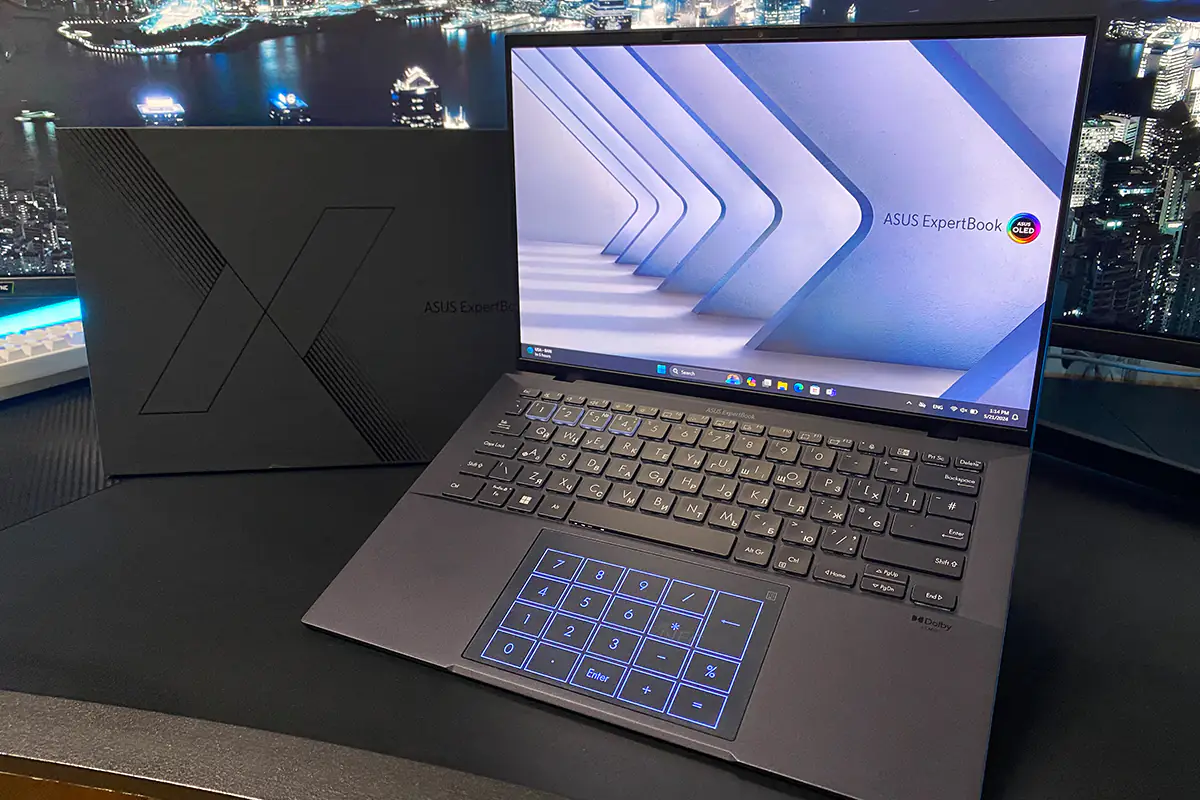
Read alsо:
- ASUS ROG Zephyrus G14 (2023) Review: Real Beast
- ASUS VY279HGE monitor review: with attention to health
- ASUS ROG STRIX SCAR 17 G733PY-LL020X gaming laptop review




